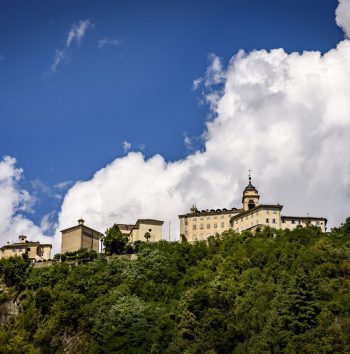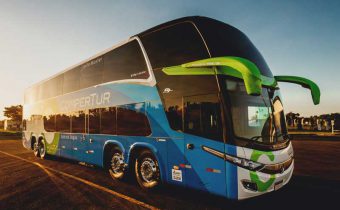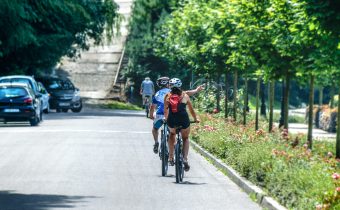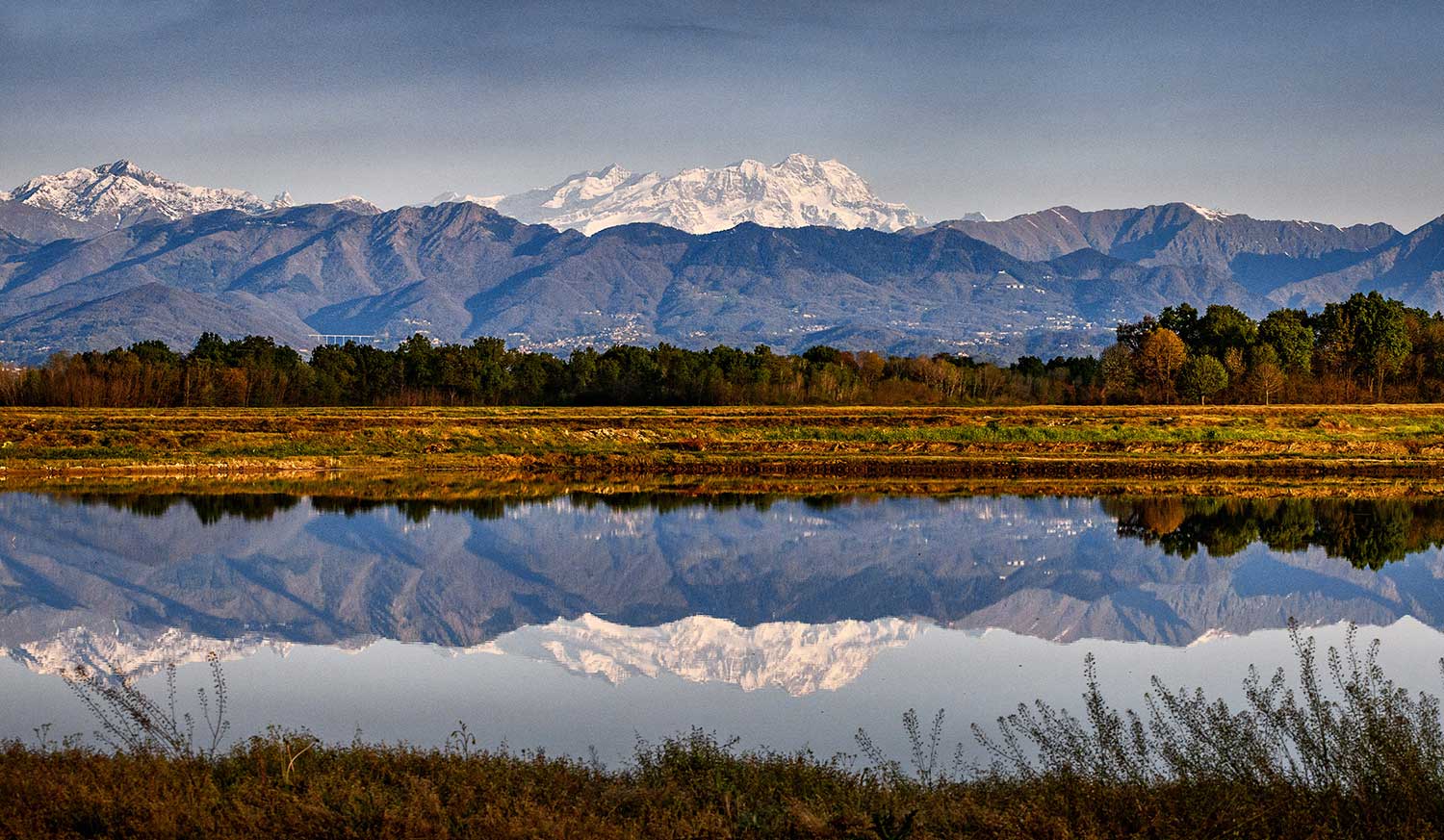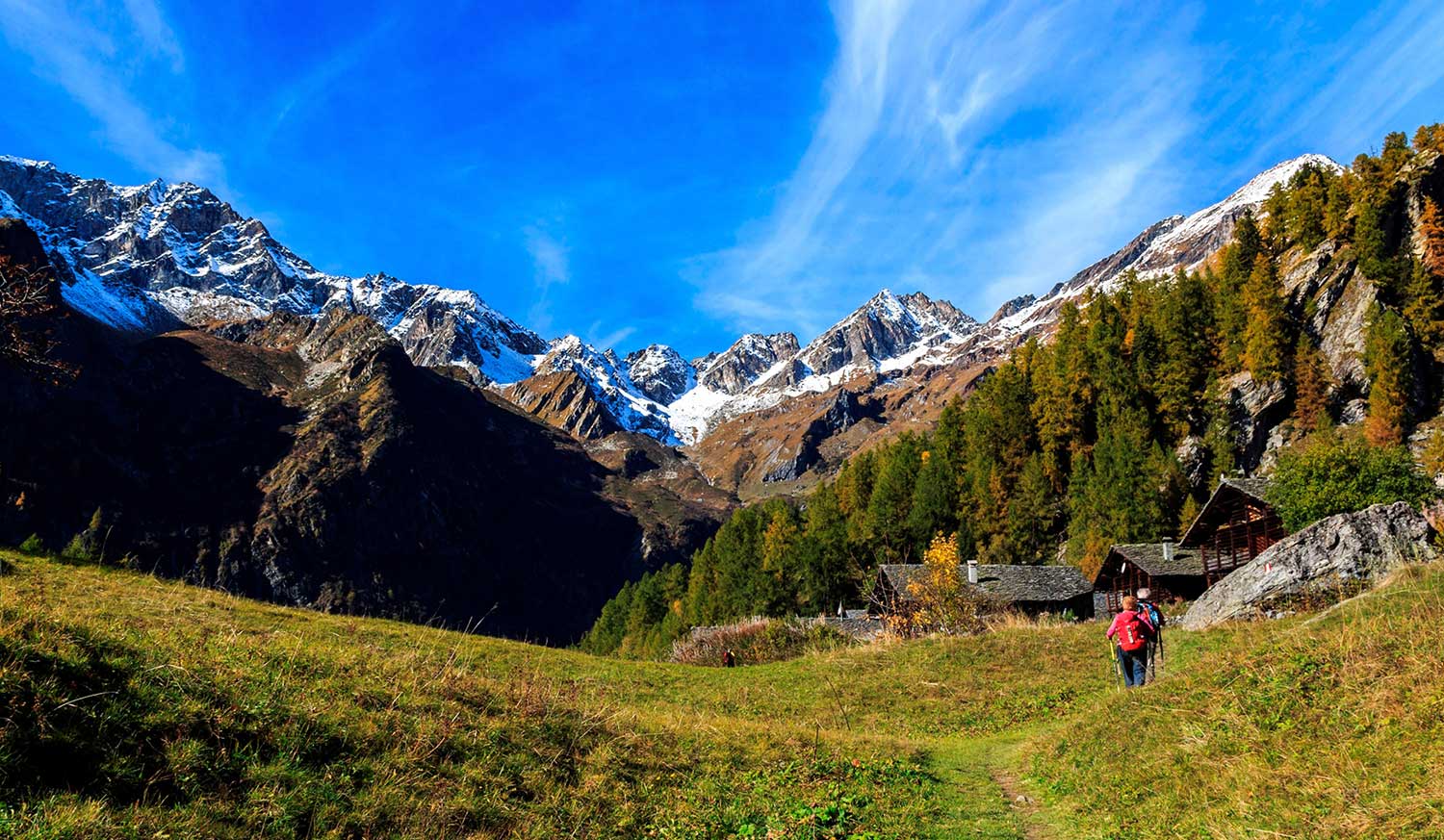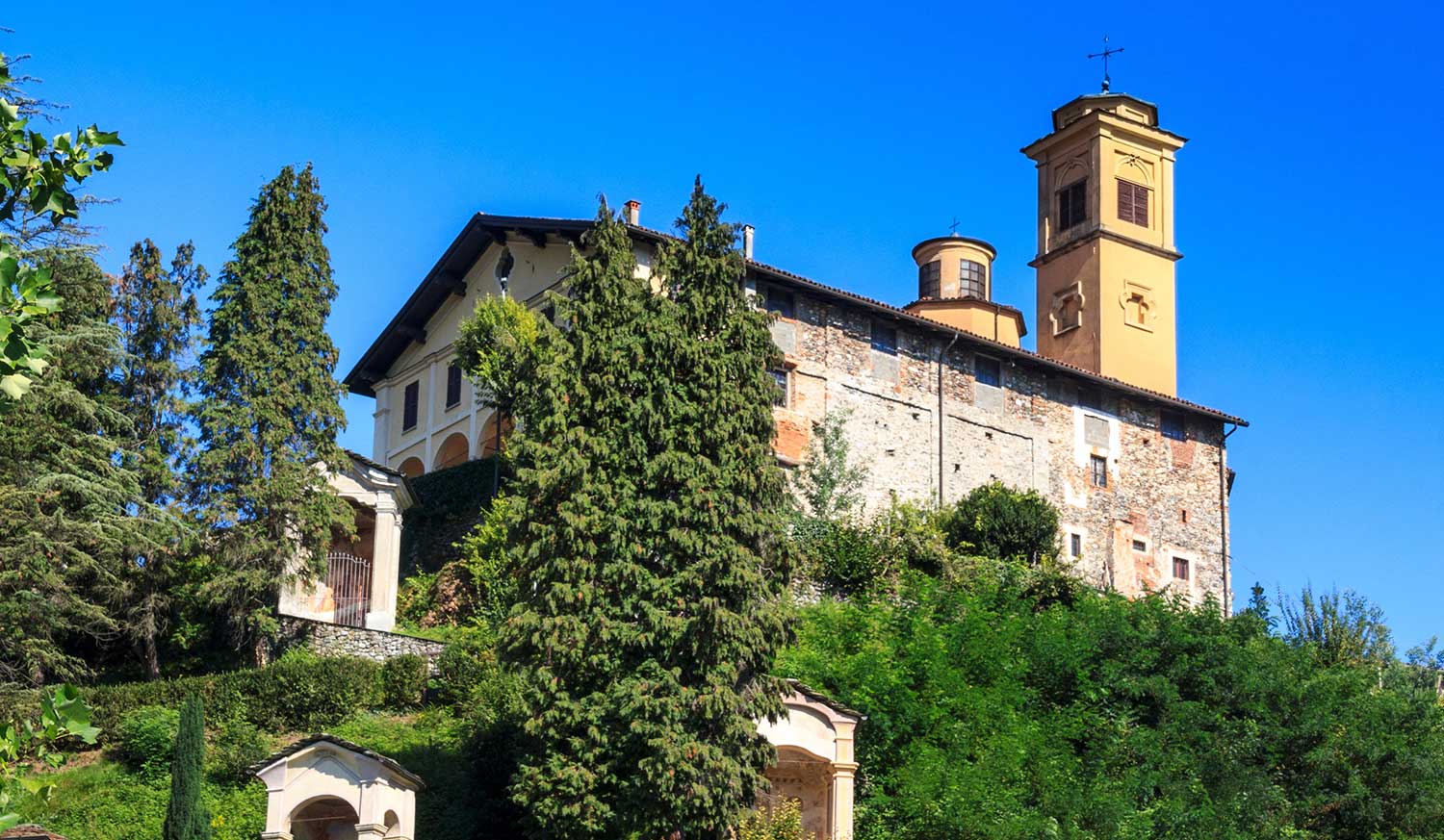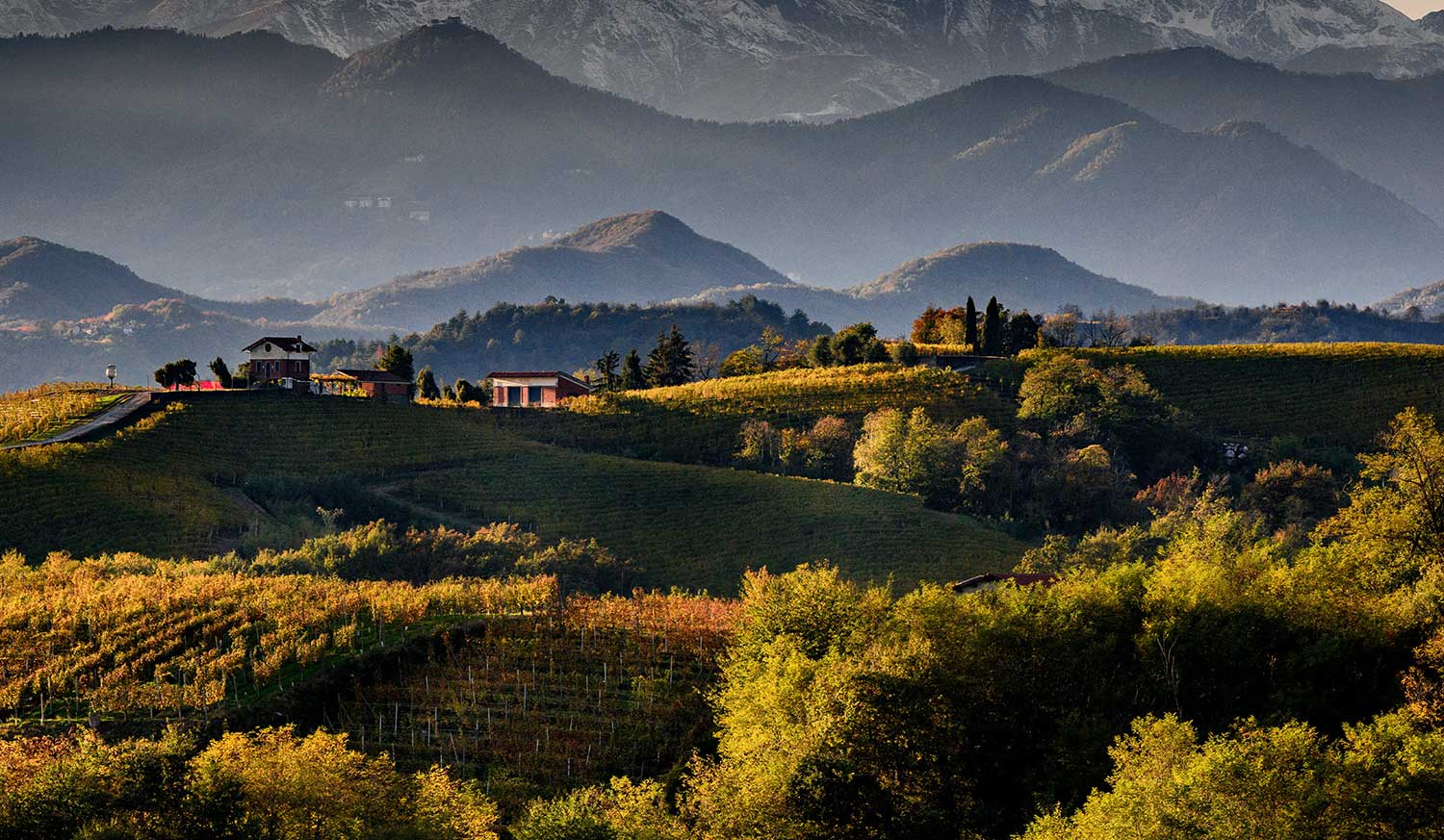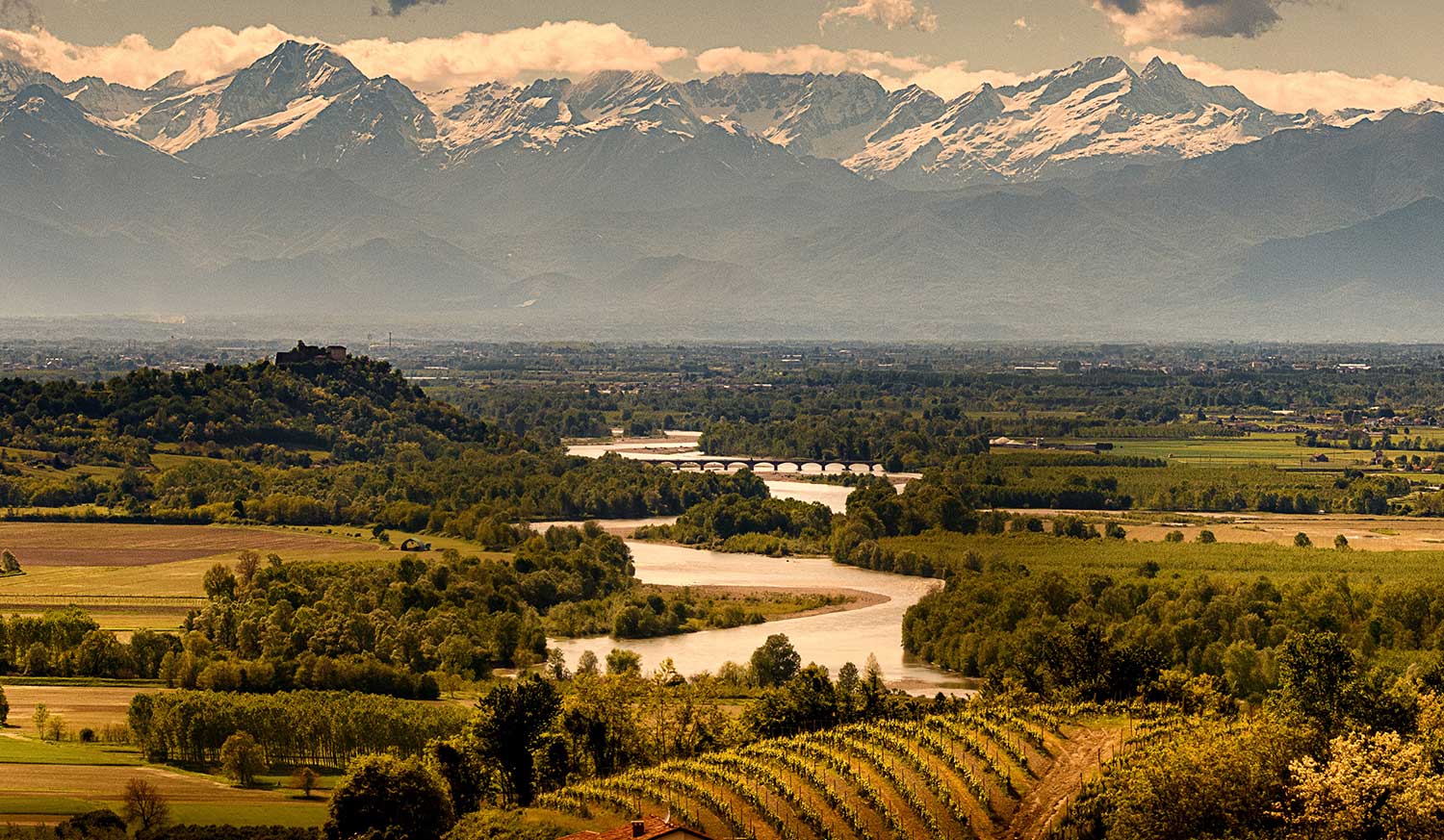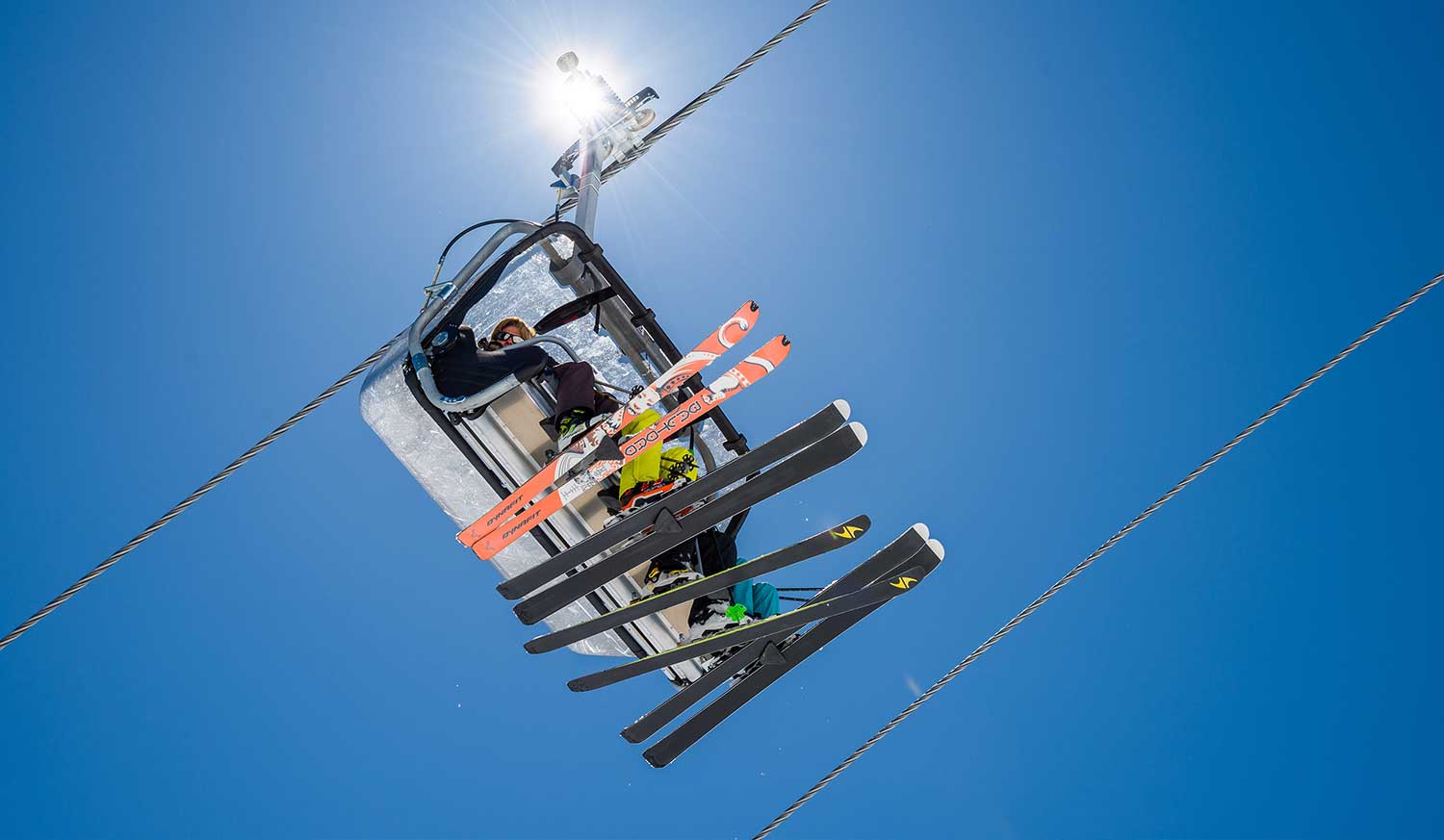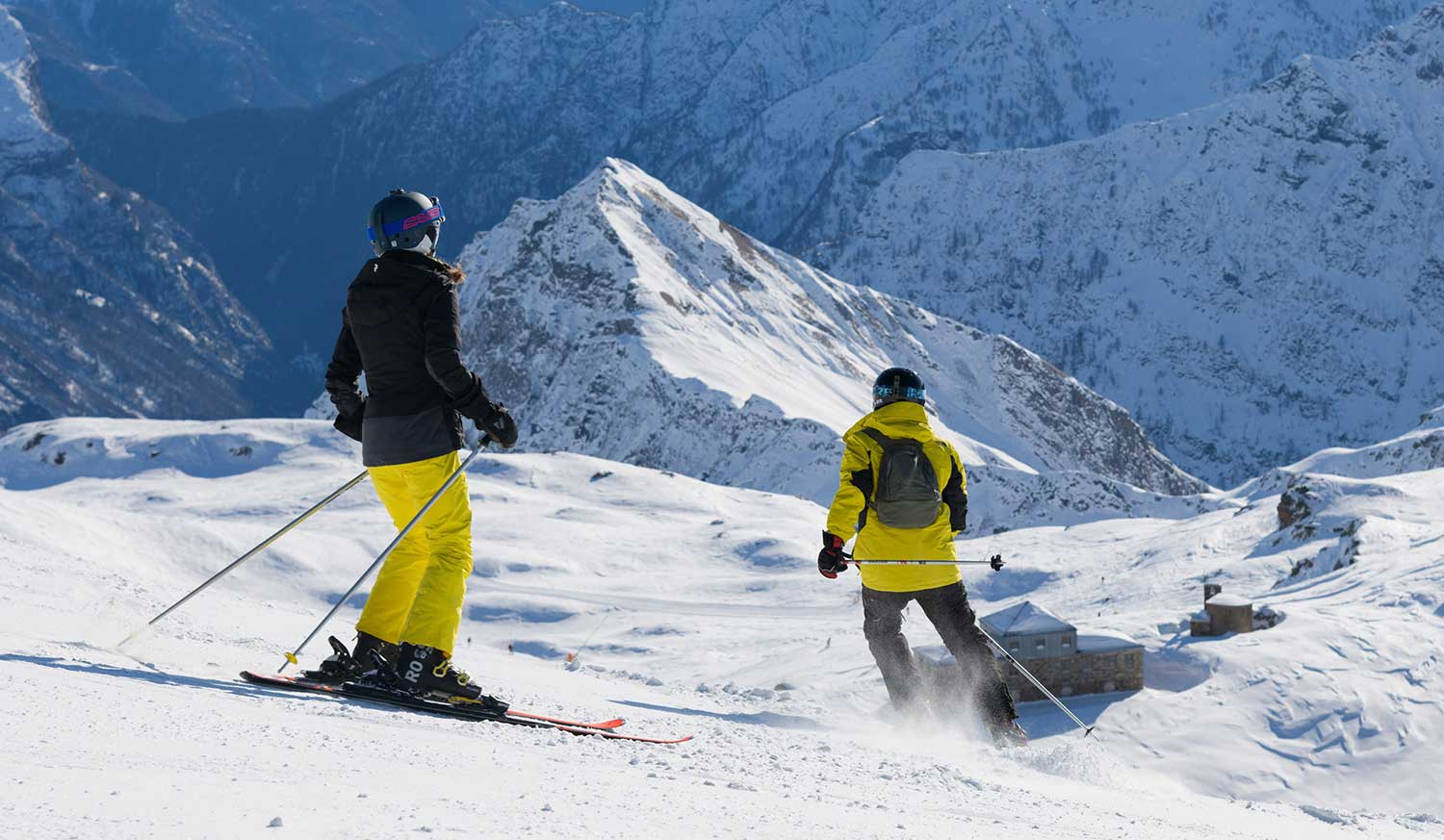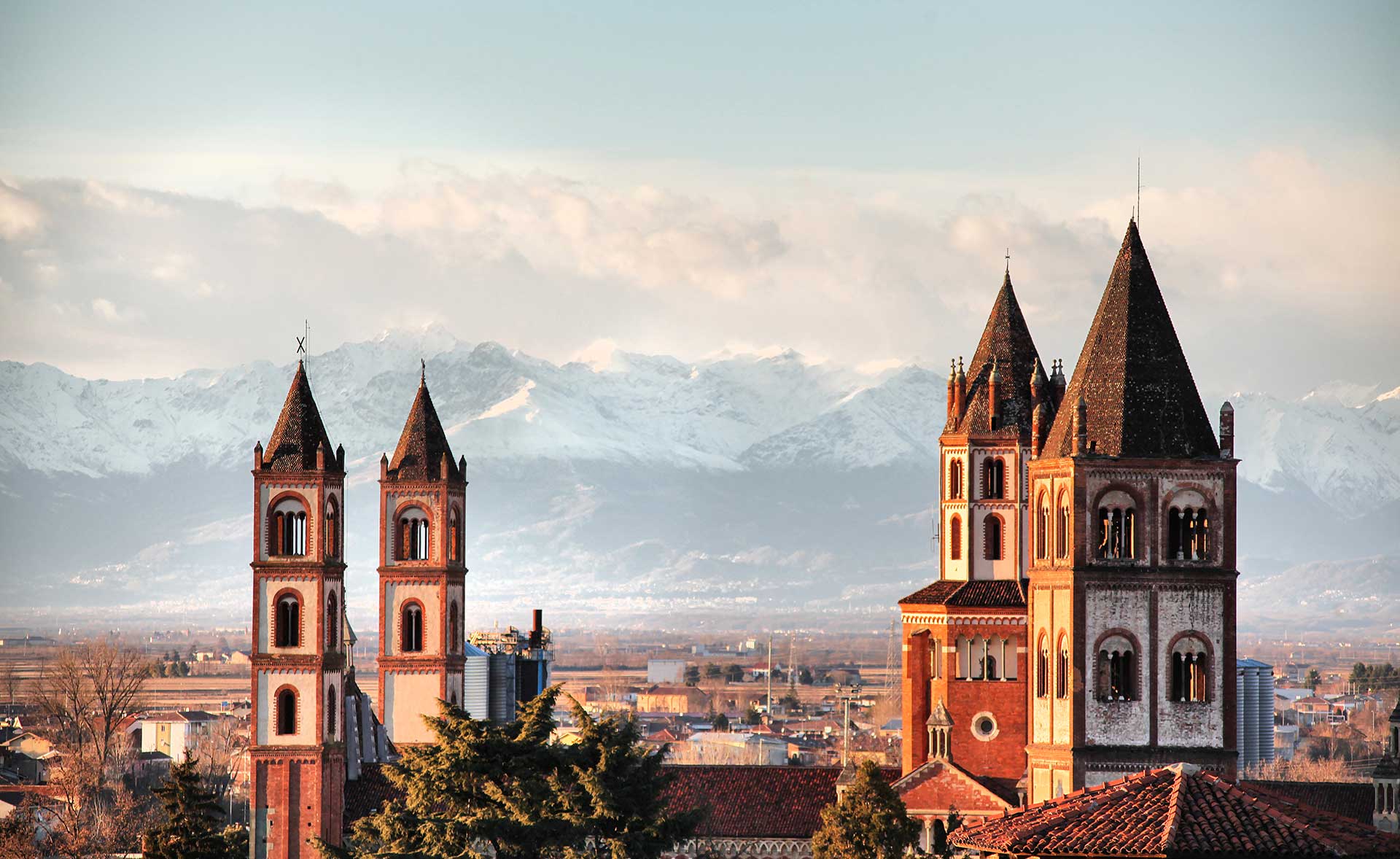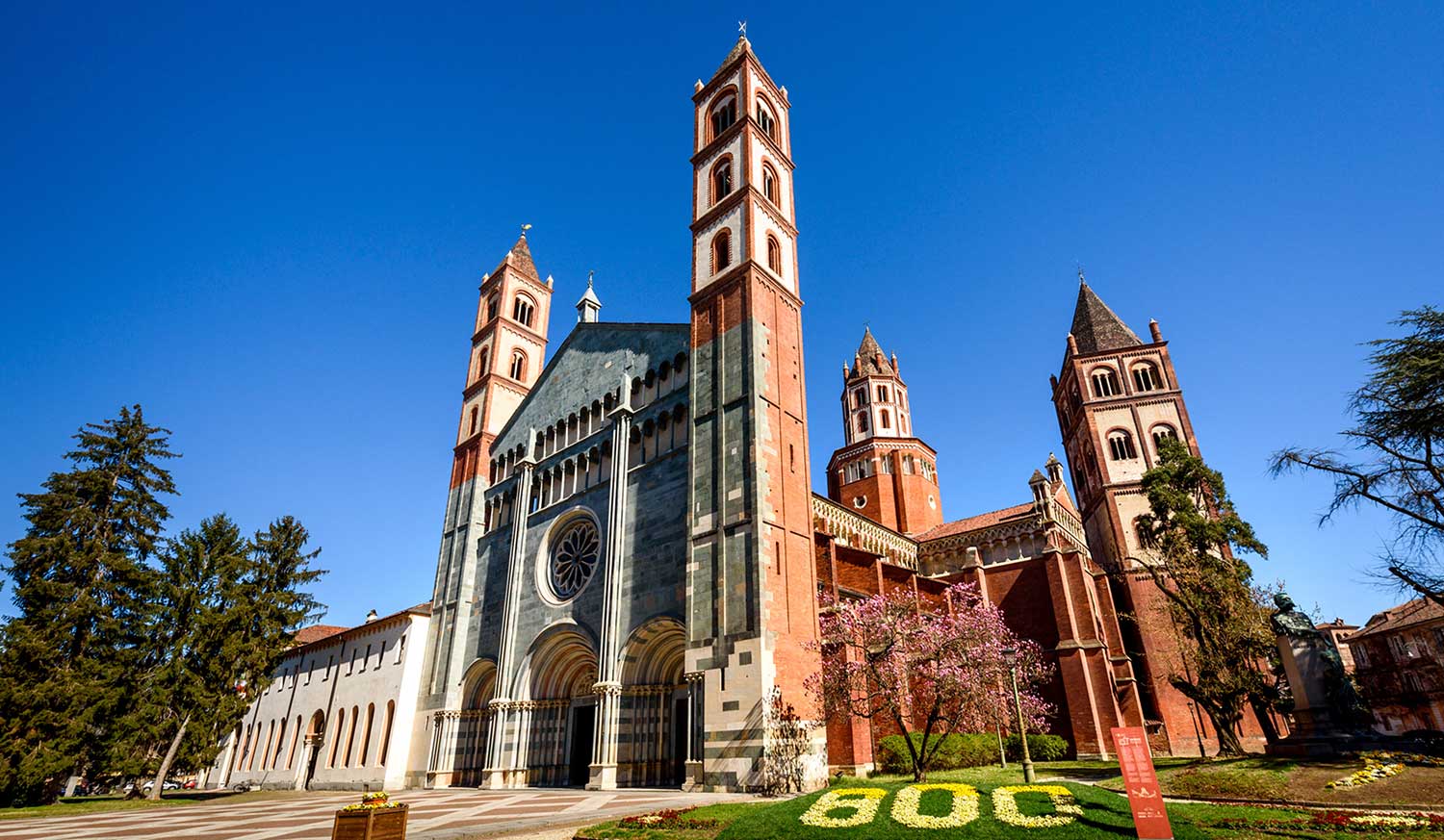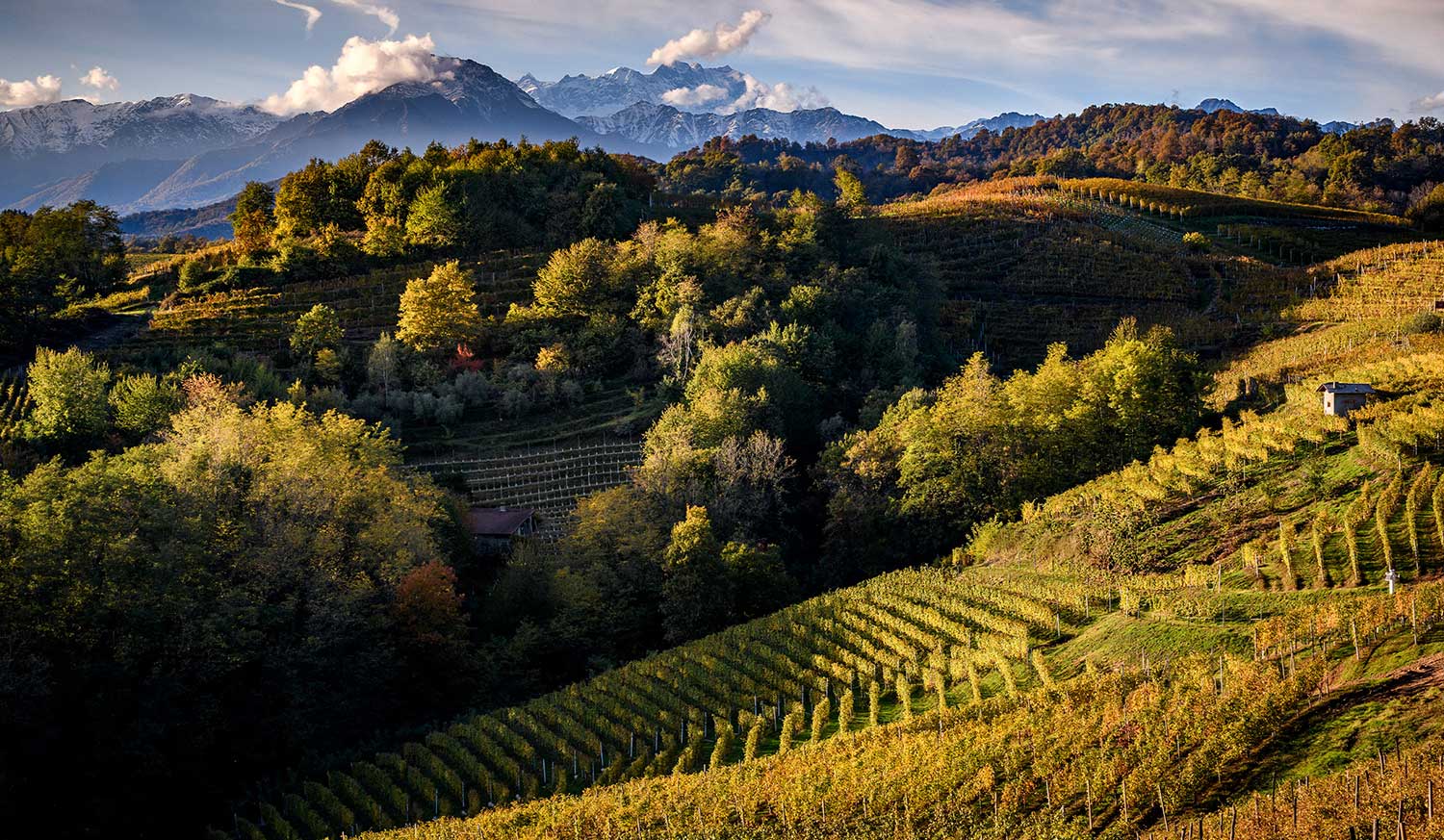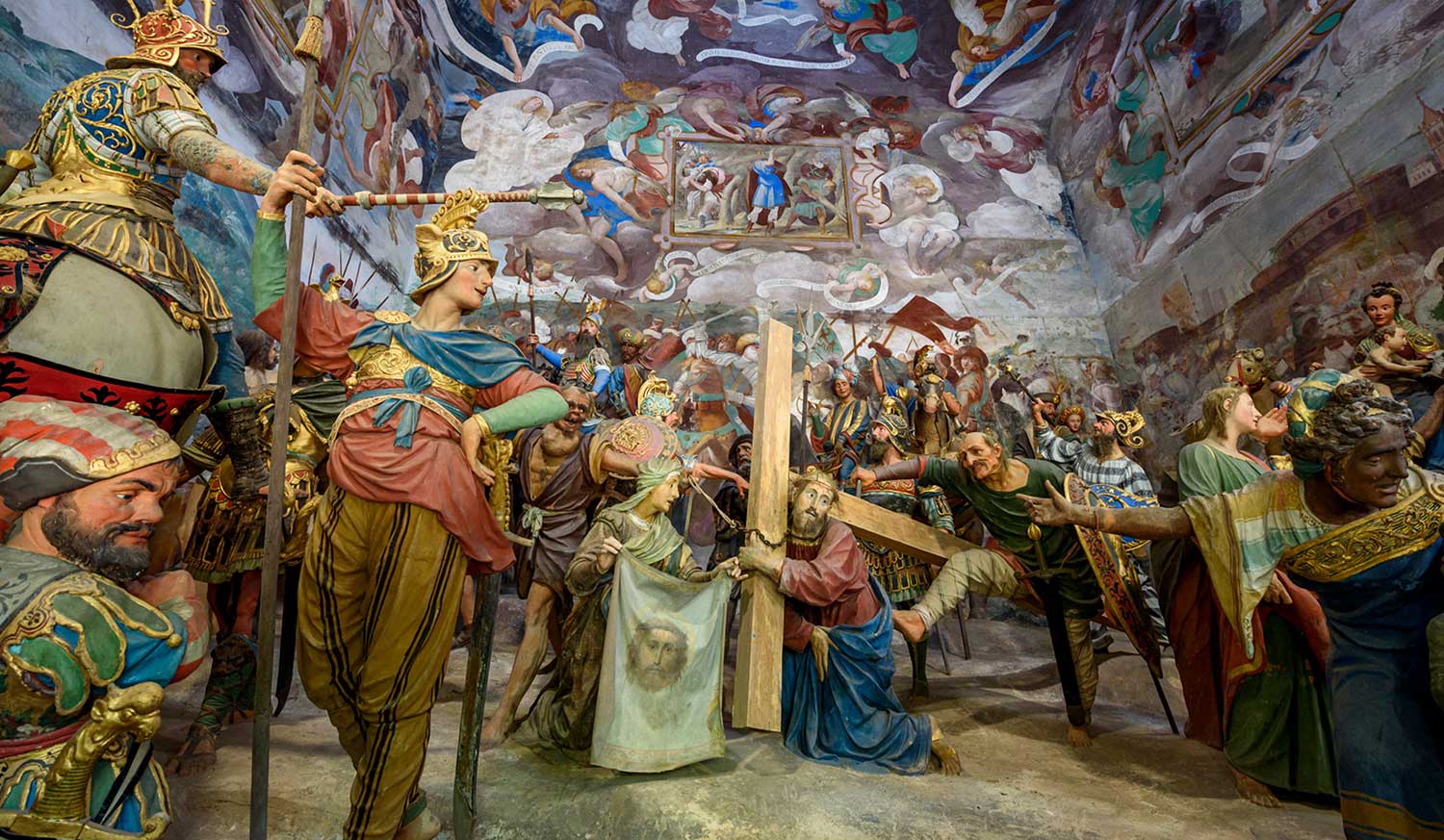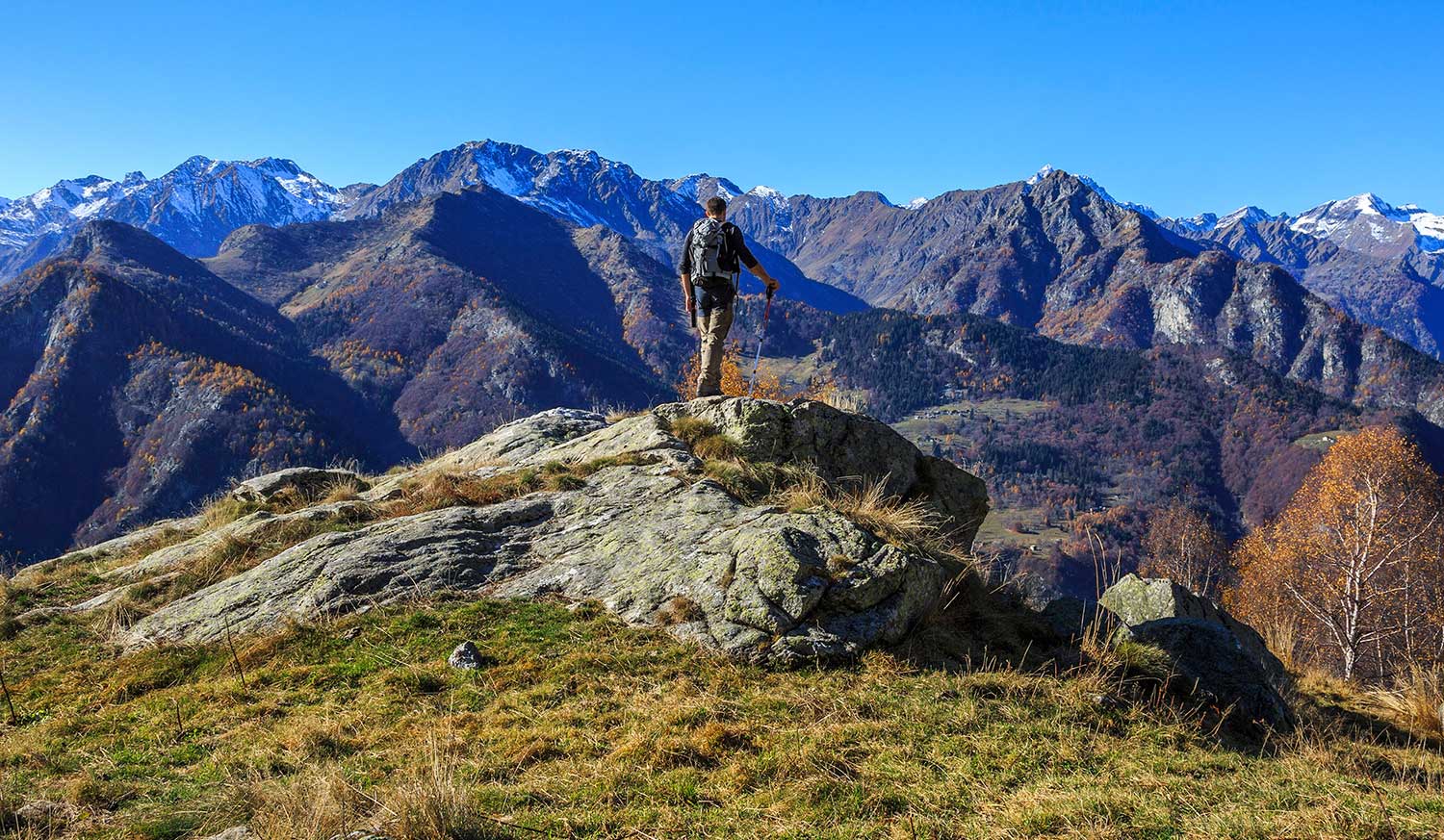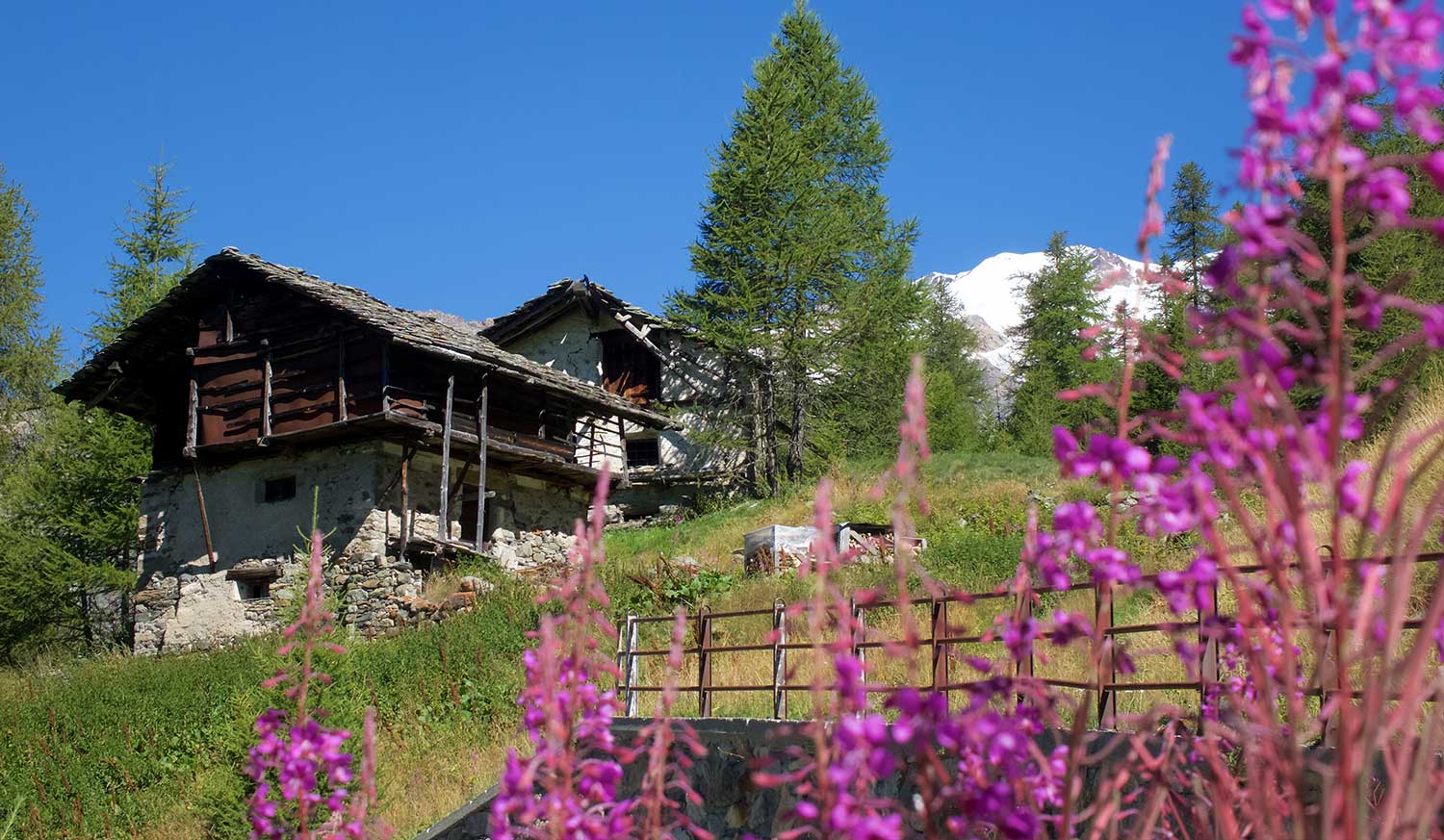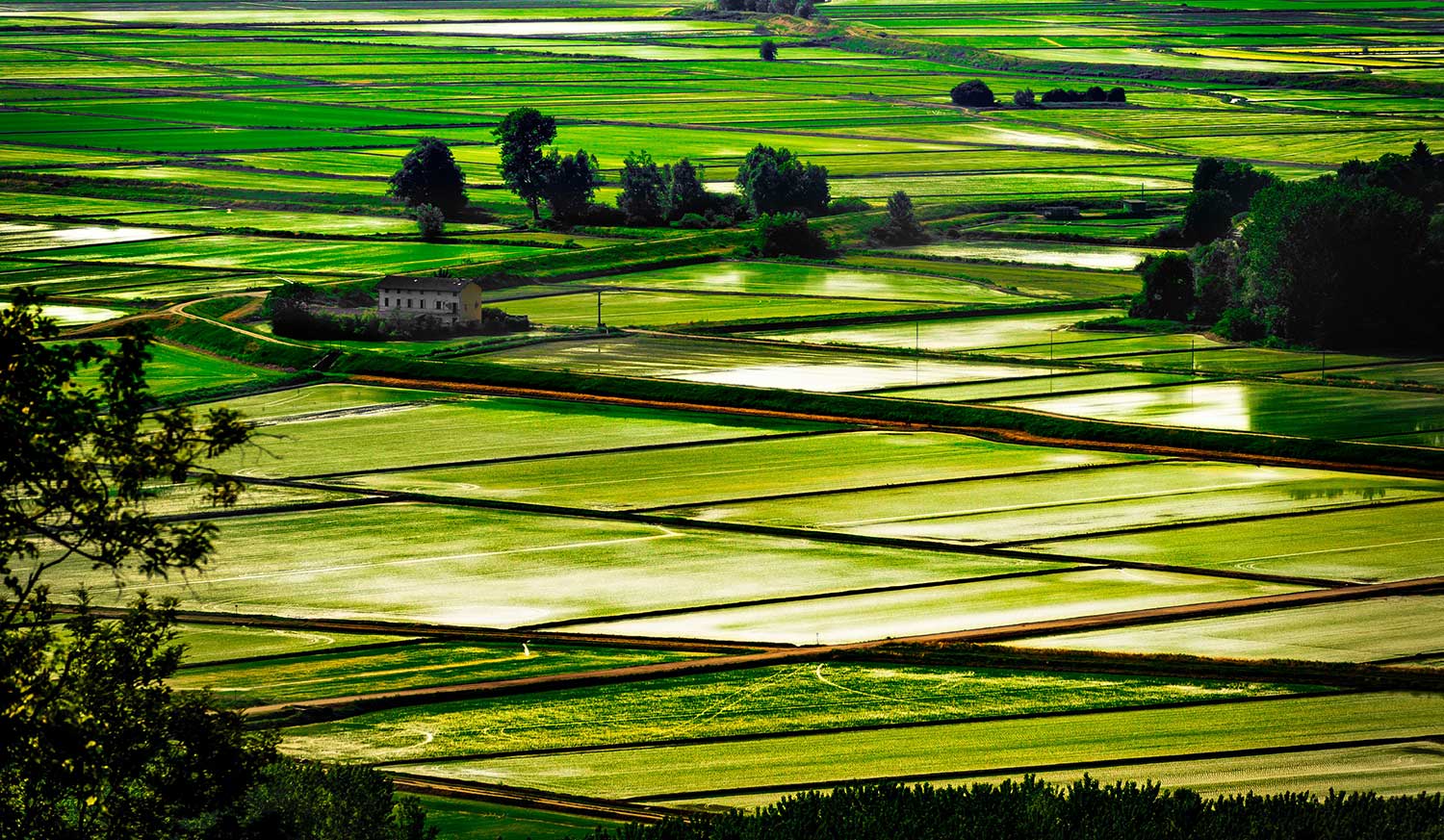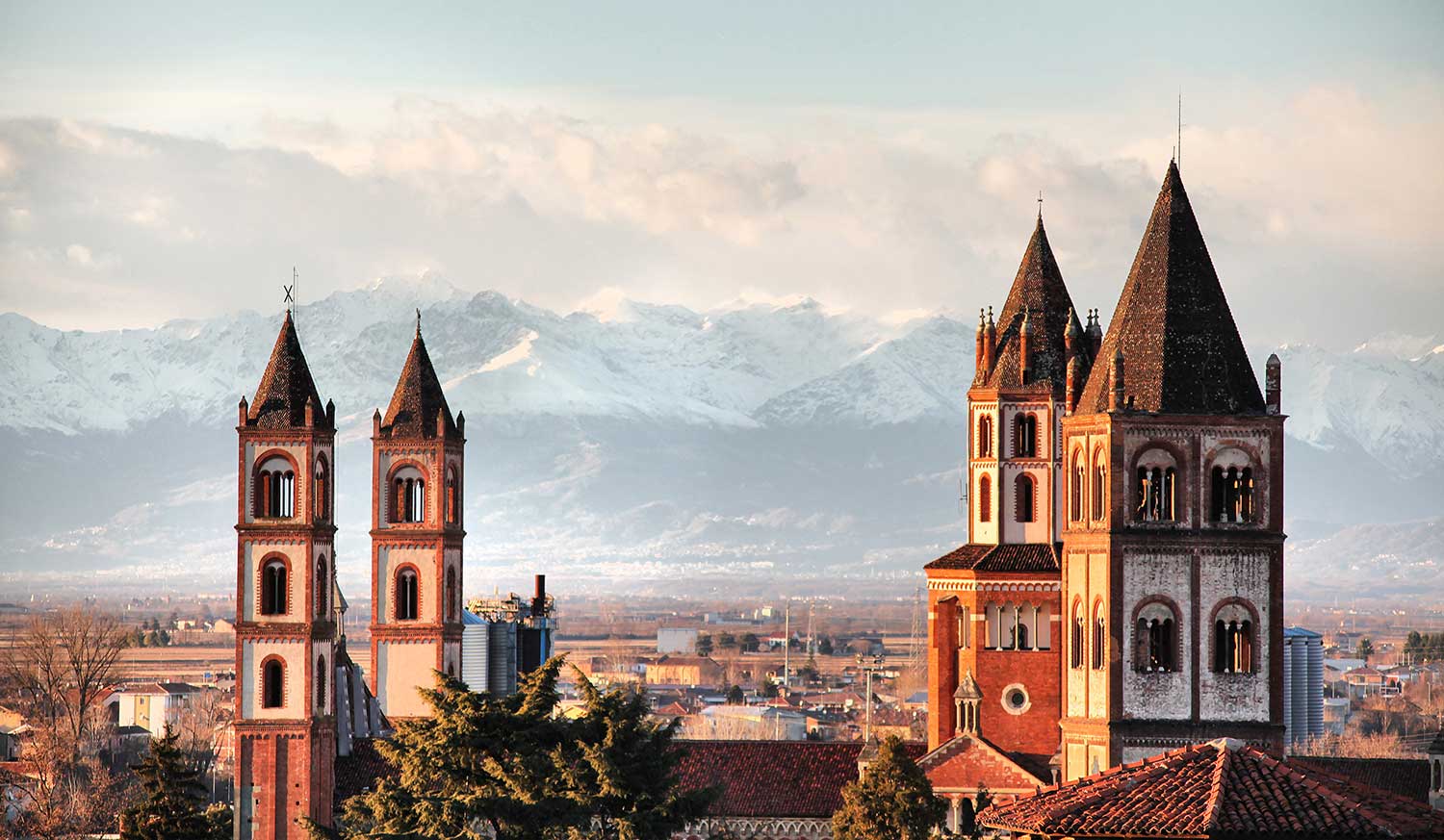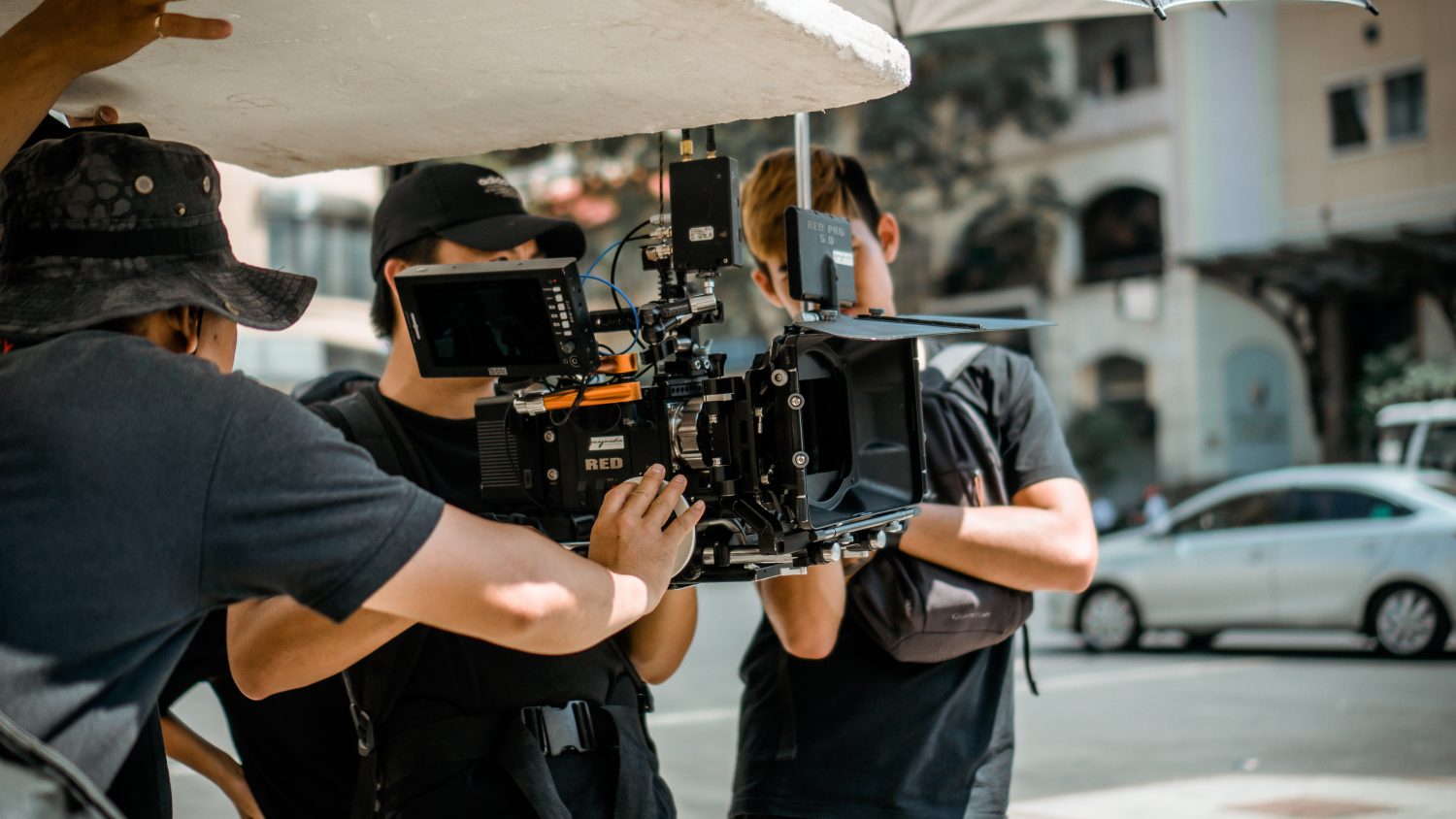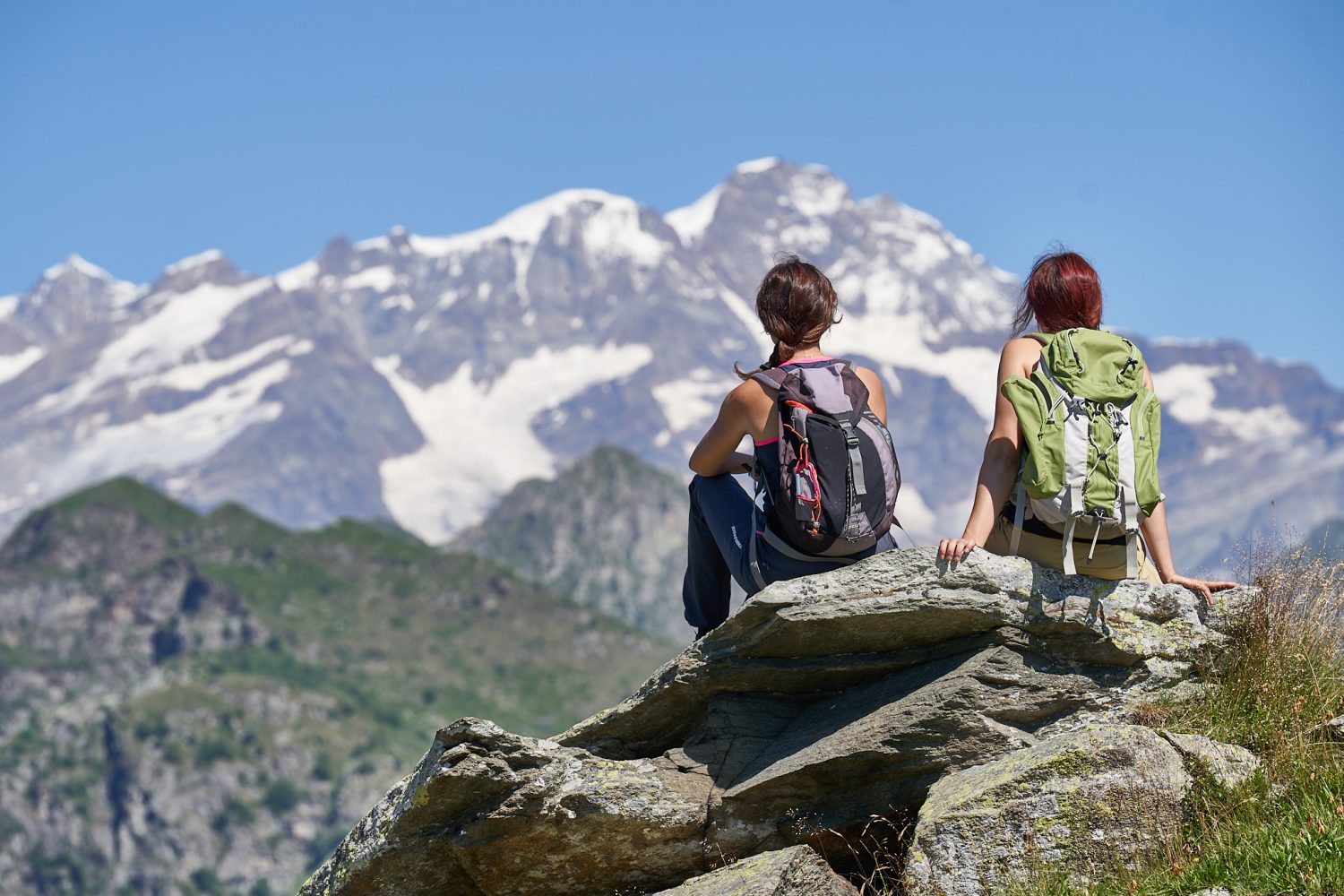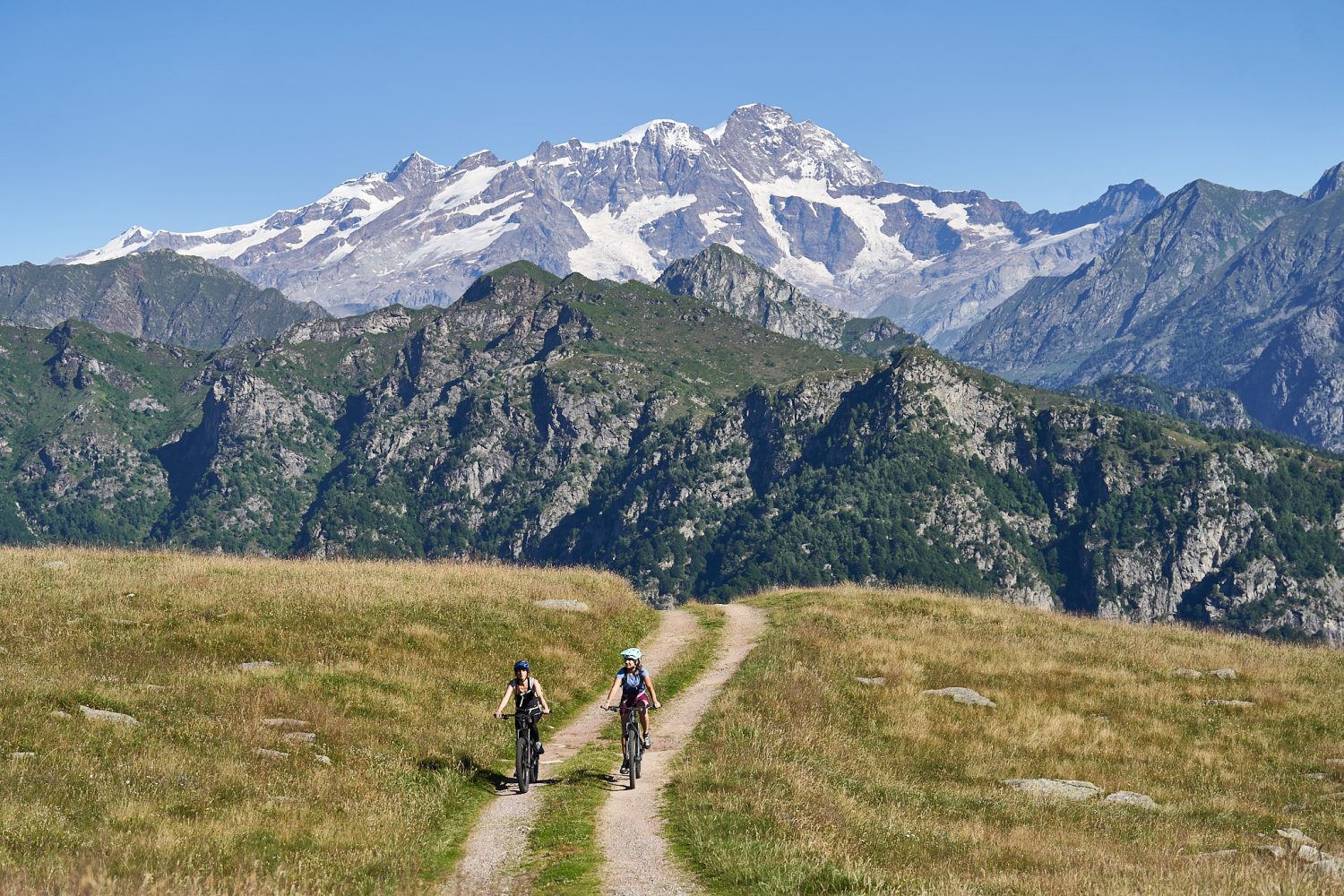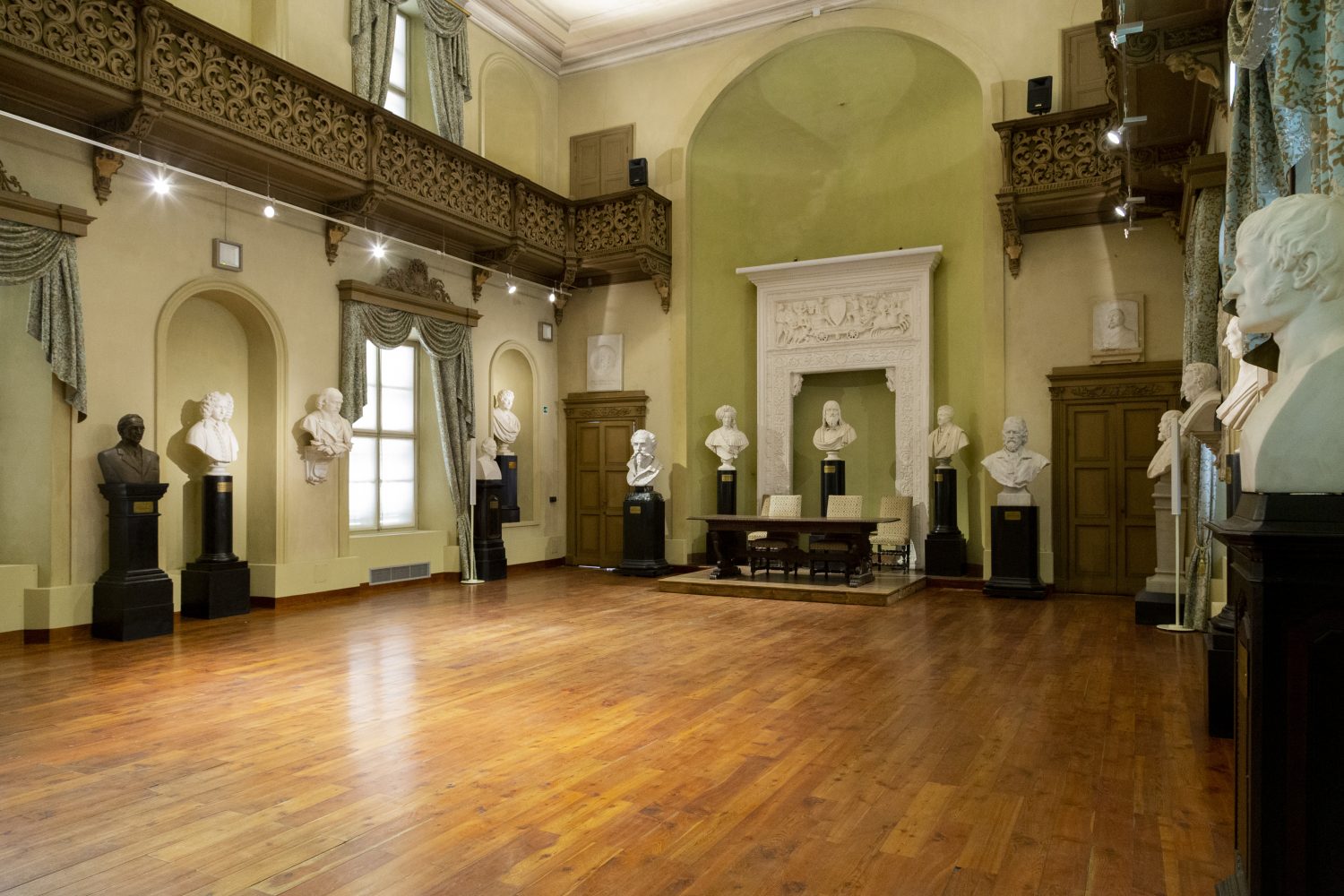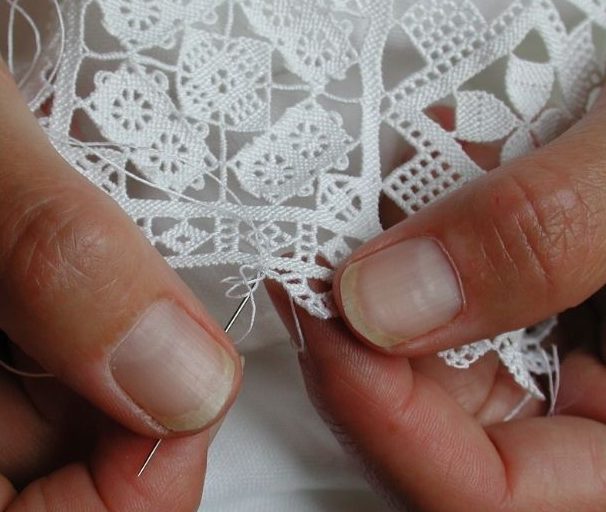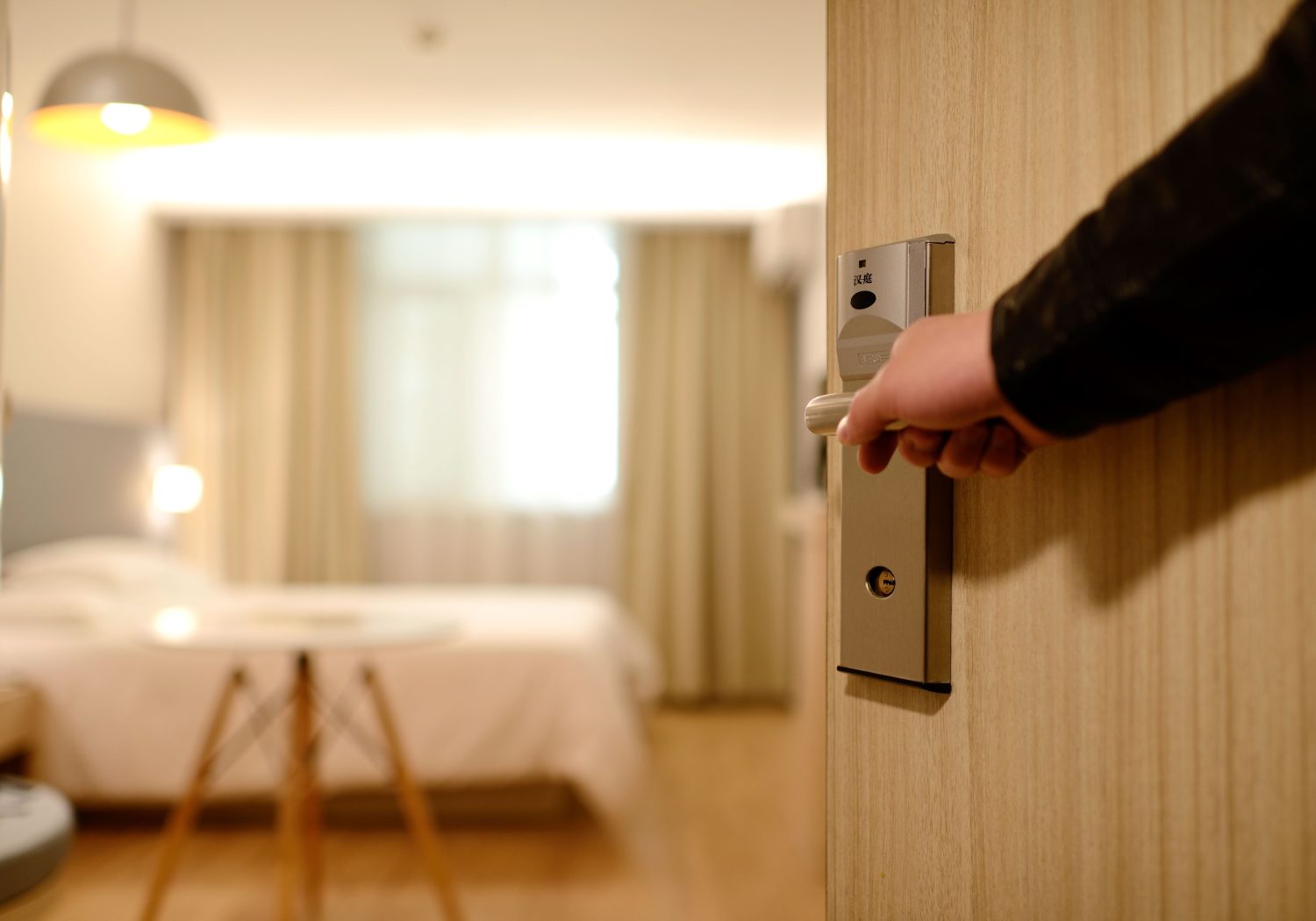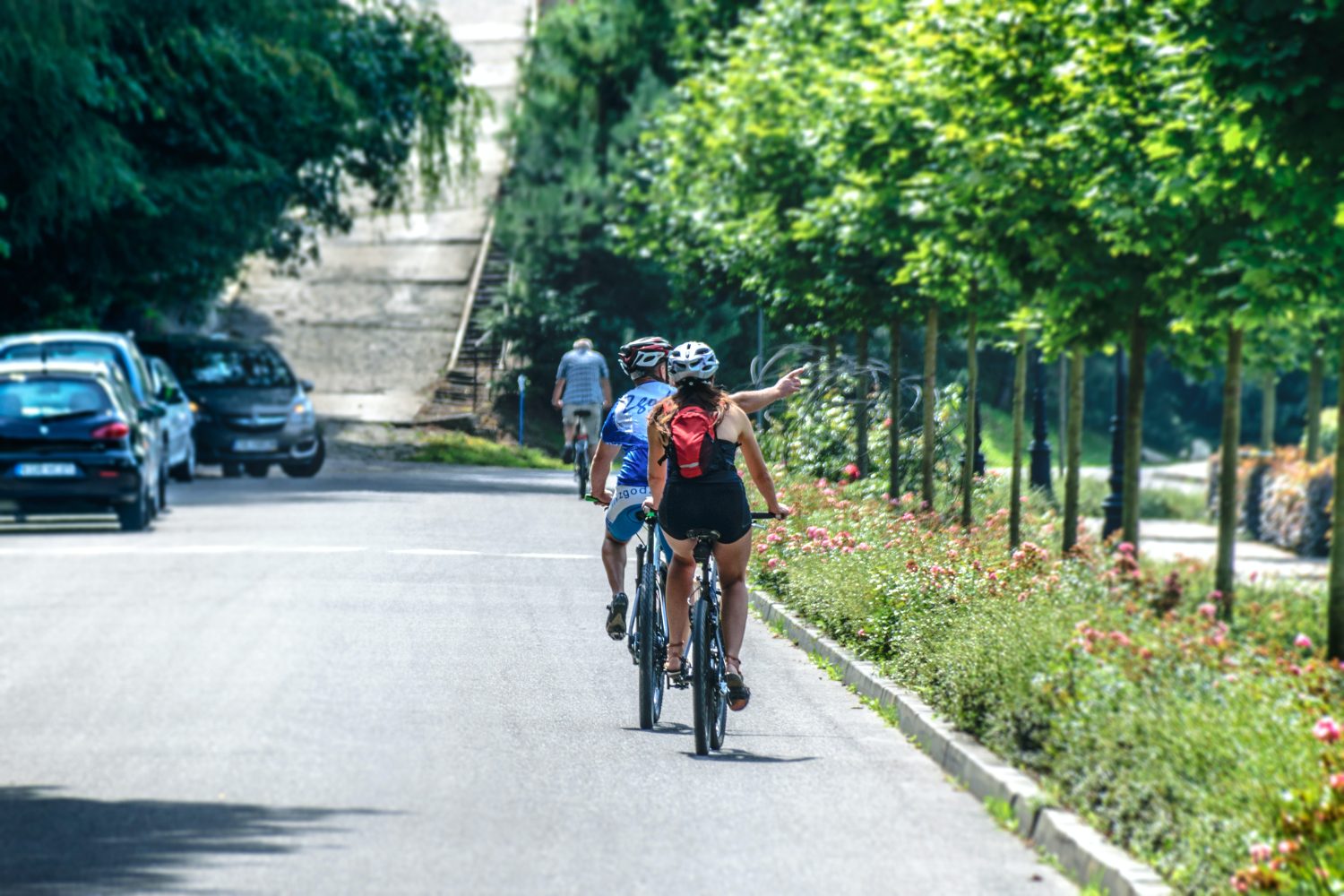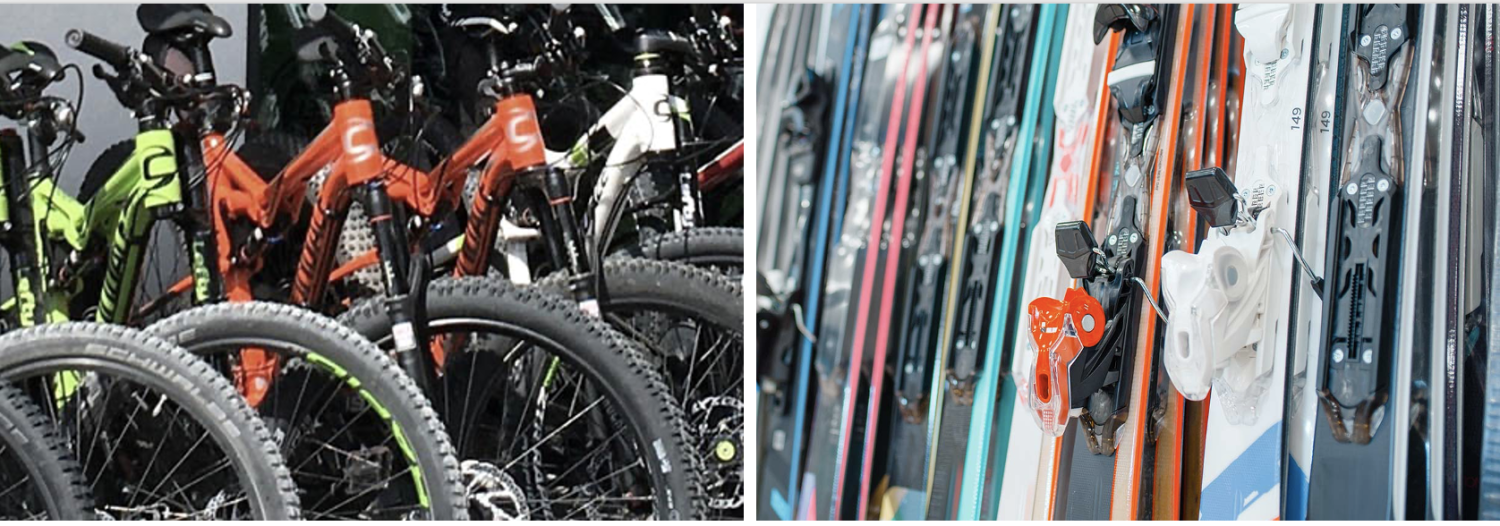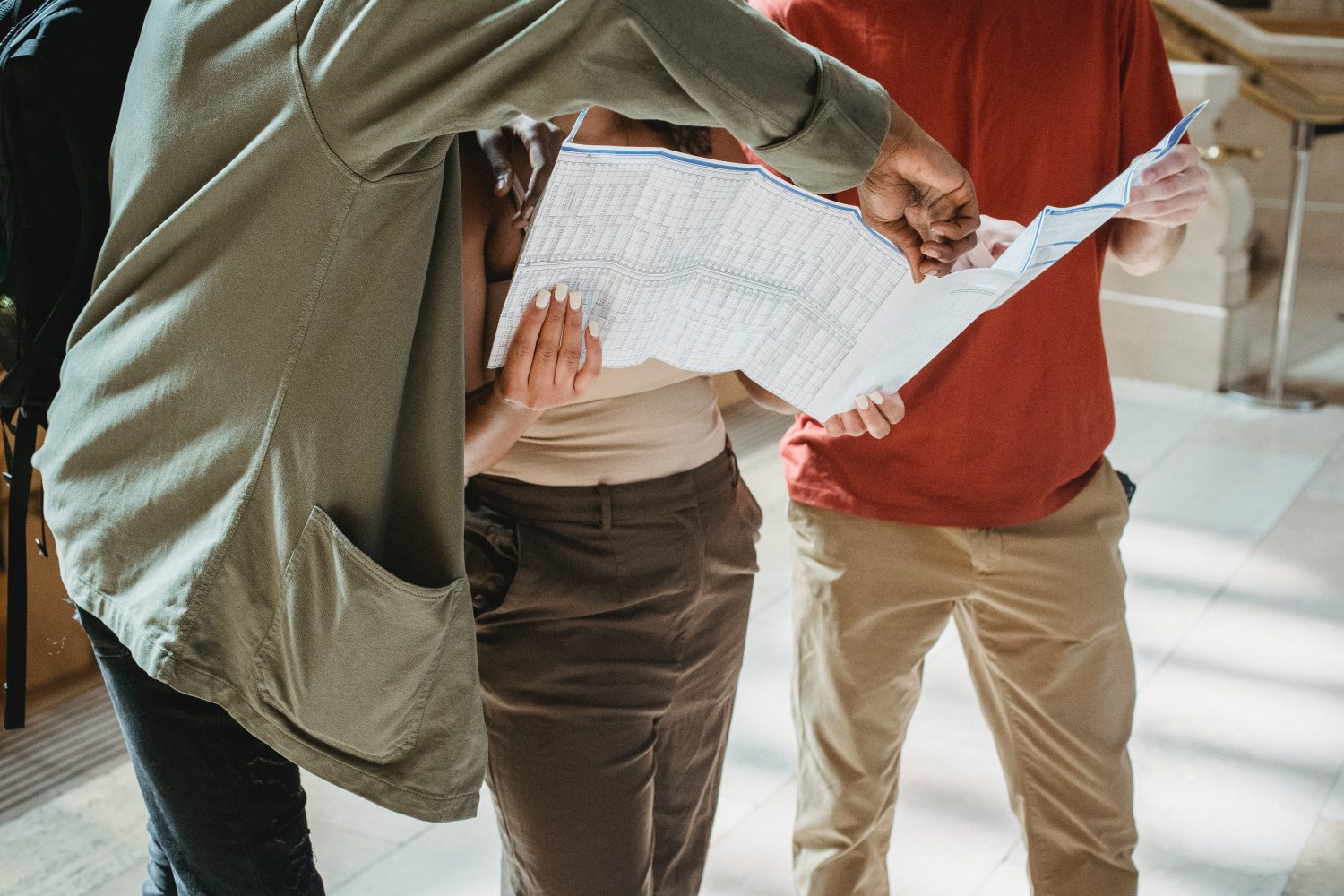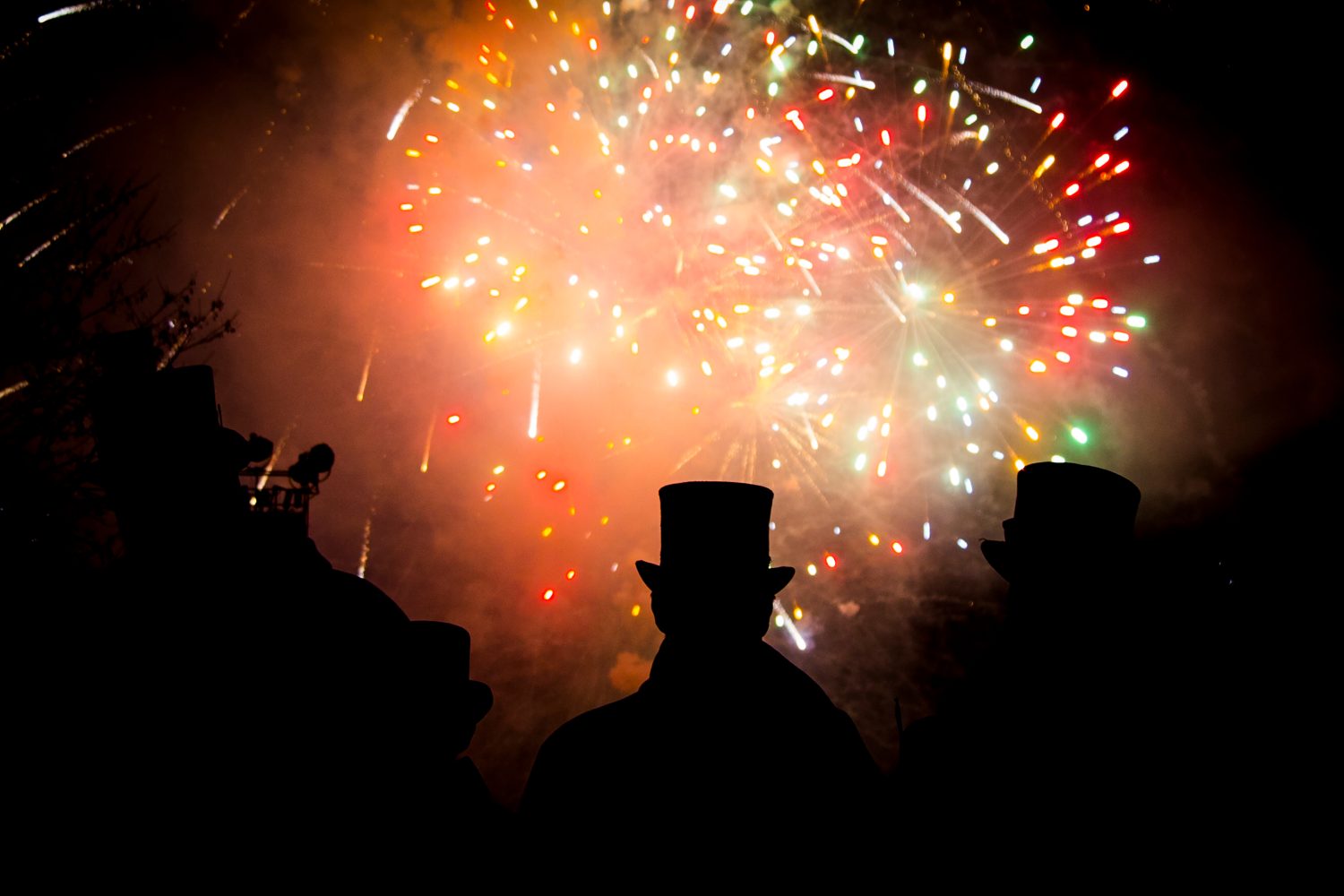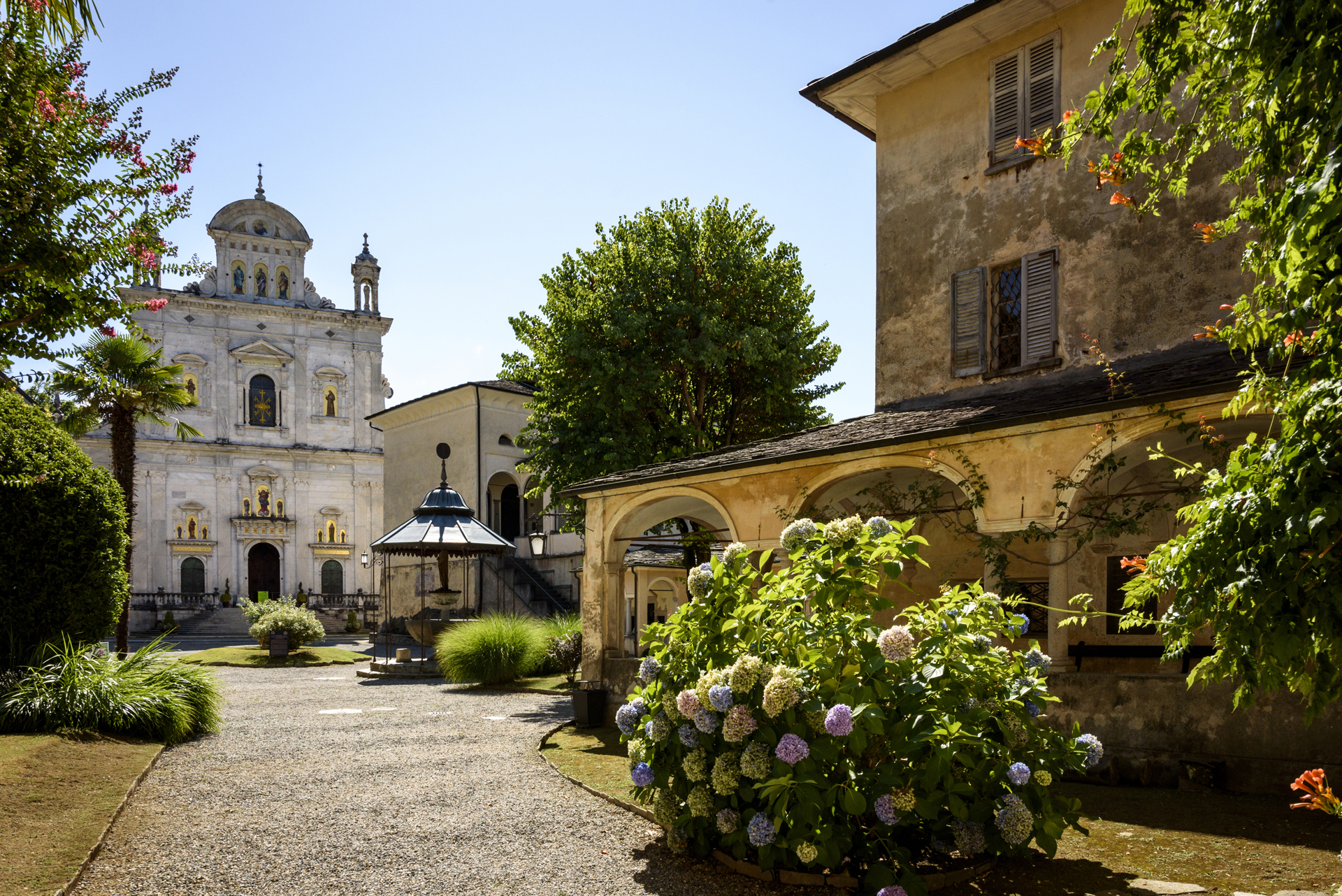
A day in Varallo
Varallo HISTORICAL AND CULTURAL CAPITAL OF VALSESIA
A one-day itinerary to discover Varallo, a historic town packed with art and history, and one of the most precious gems of Valsesia
AVENUE, HISTORICAL VILLAS AND COLLEGIATE CHURCH OF ST. GAUDENTIUS
Start from the Corso Roma avenue, home to majestic 19th century villas, which now house organisations and associations: Villa Virginia with its characteristic tower and walls adorned with Rima’s artificial marble; Villa Barbara with its somewhat Moorish motifs; and Villa Durio, its interior decorated with stucco and frescoes. Almost at the end of the tree-lined avenue, on the left, the former Ursuline Convent leads into Piazza Vittorio Emanuele II.
Your gaze is instantly captured by the Collegiate Church of St. Gaudentius, which towers above the town. Built on a rocky promontory, it can be reached by an impressive flight of steps leading to the splendid loggia from which you can admire the square below with the Civic Theatre on one side and, raising your eyes to the sky, the Sacro Monte of Varallo on the other.
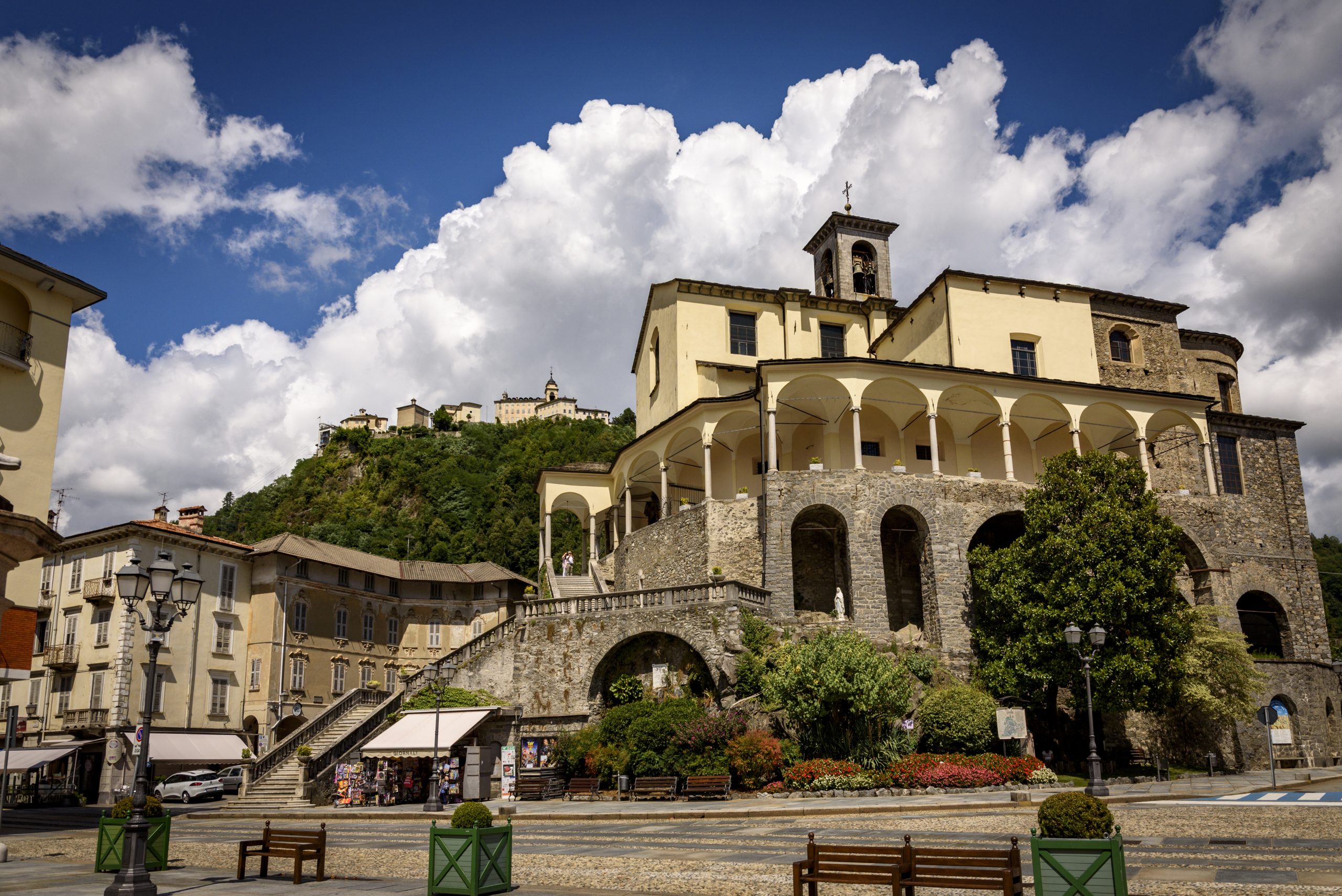
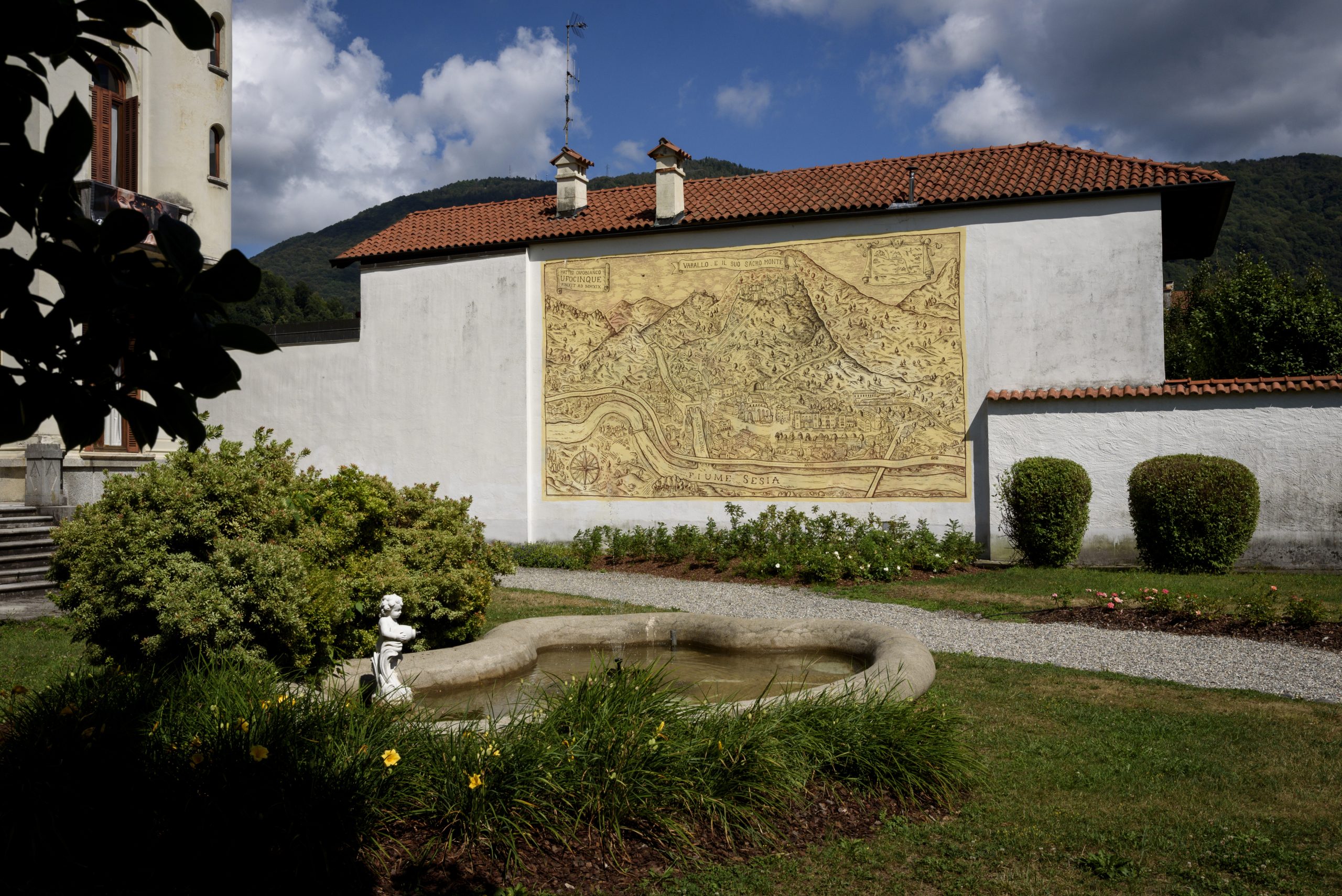
MUSEUM PALACE, SANTA MARIA DELLE GRAZIE AND THE CABLE CAR
Continuing along Via Umberto I and turning towards Via Don Maio, the ancient Contrada dei Nobili, you get to Via Calderini, where “Palazzo dei Musei” is located. It is home to the Varallo Picture Gallery, which recounts the artistic tradition of the territory developed over the centuries by the prestigious Sacro Monte building site, and the Pietro Calderini Natural History Museum, which exhibits naturalistic and archaeological collections, with the Egyptian one standing out.
At the end of the street you reach Ferrari Square where you can admire the Church of Santa Maria delle Grazie. Commissioned by Bernardino Caimi (who created the Sacro Monte in Varallo), it combines Franciscan simplicity with Gothic architecture, with large arches supporting the ceiling of exposed wooden beams. And it is here that the gaze lingers on the so-called “Gaudentian Wall”, one of the most important testimonies of the Renaissance in Piedmont, with 21 figures frescoed by Gaudenzio Ferrari in 1513 on the partition wall separating the space open to the faithful from the space formerly reserved for the religious.
As you leave the church, on the left, don’t miss the opportunity to ride the steepest cable car in Europe, which takes you to Sacro Monte in 90 seconds. The more athletic can try the pedestrian alternative, a 20-minute climb.
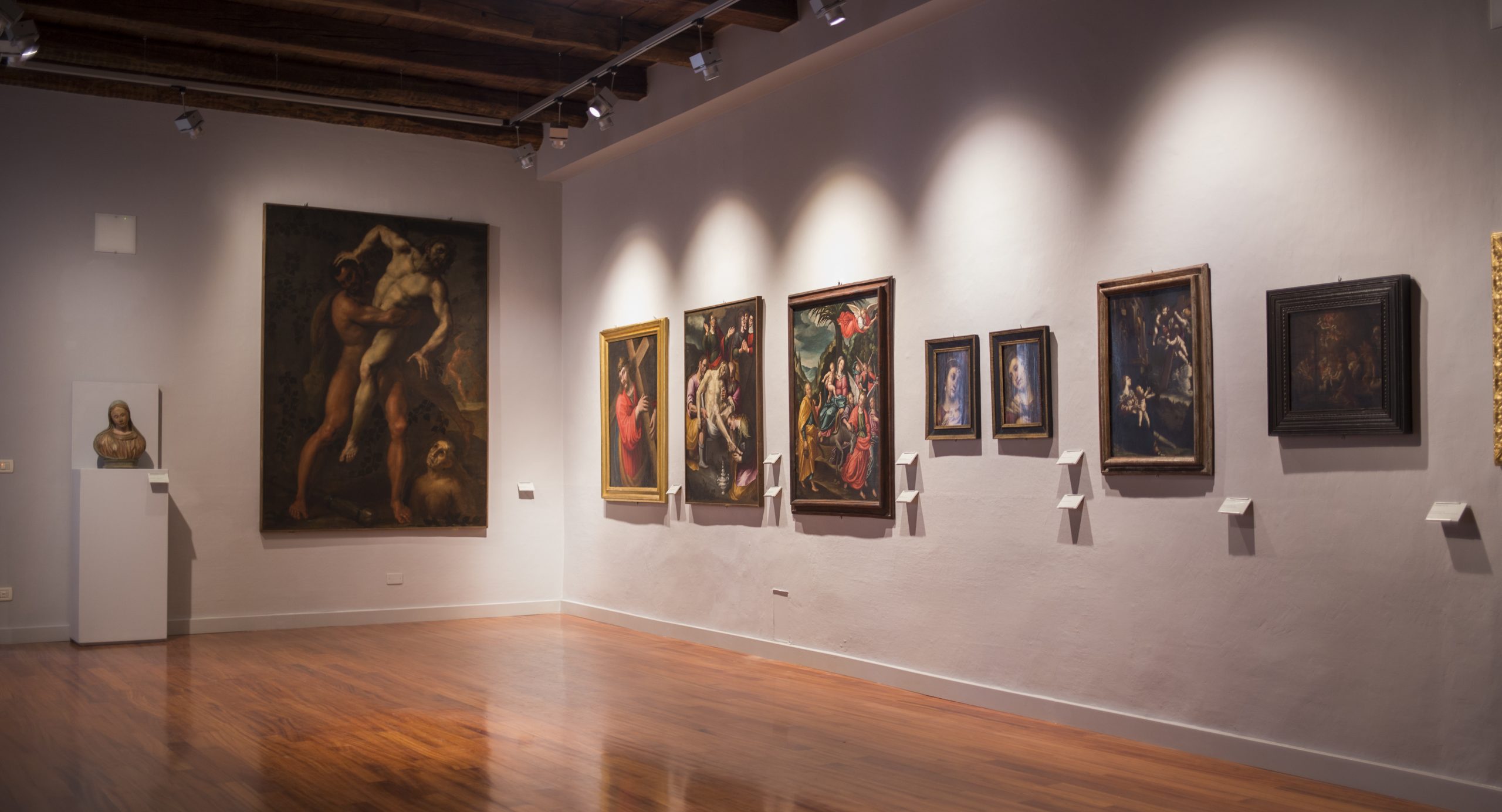
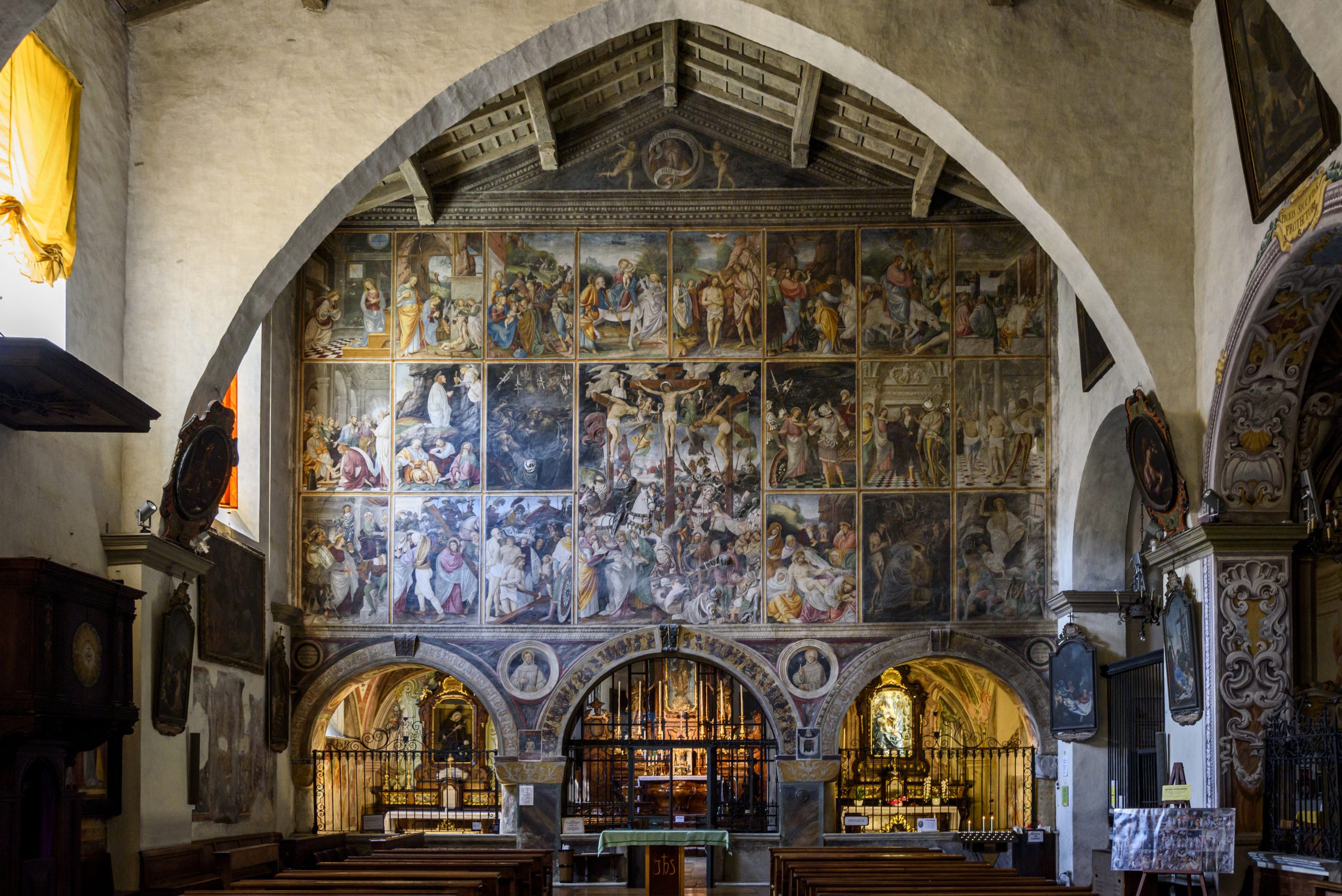
THE HISTORIC DISTRICTS
The city itinerary continues past the house where Gaudenzio Ferrari lived for some time, before entering the historic quarters, first in Ravelli Square (formerly Piazza della Tela) and then in Via Albertoni (formerly Contrada del Vino), until it reaches San Carlo Square, a small square with the scent of history and an incomparable view of the Sacro Monte. The Cesare Scaglia House-Museum is located here.
We then return to Via Umberto I, passing the Handcrafts Shop and Palazzo Racchetti, now home to the Farinone-Centa Civic Library, to continue our discovery of the historic districts in Via Alberganti (former Contrada del Burro [Butter District]). These narrow alleys are the old town centre, commercial streets that still show traces of the old town’s layout featuring courtyards, arcades, frescoes and skilfully crafted balconies.
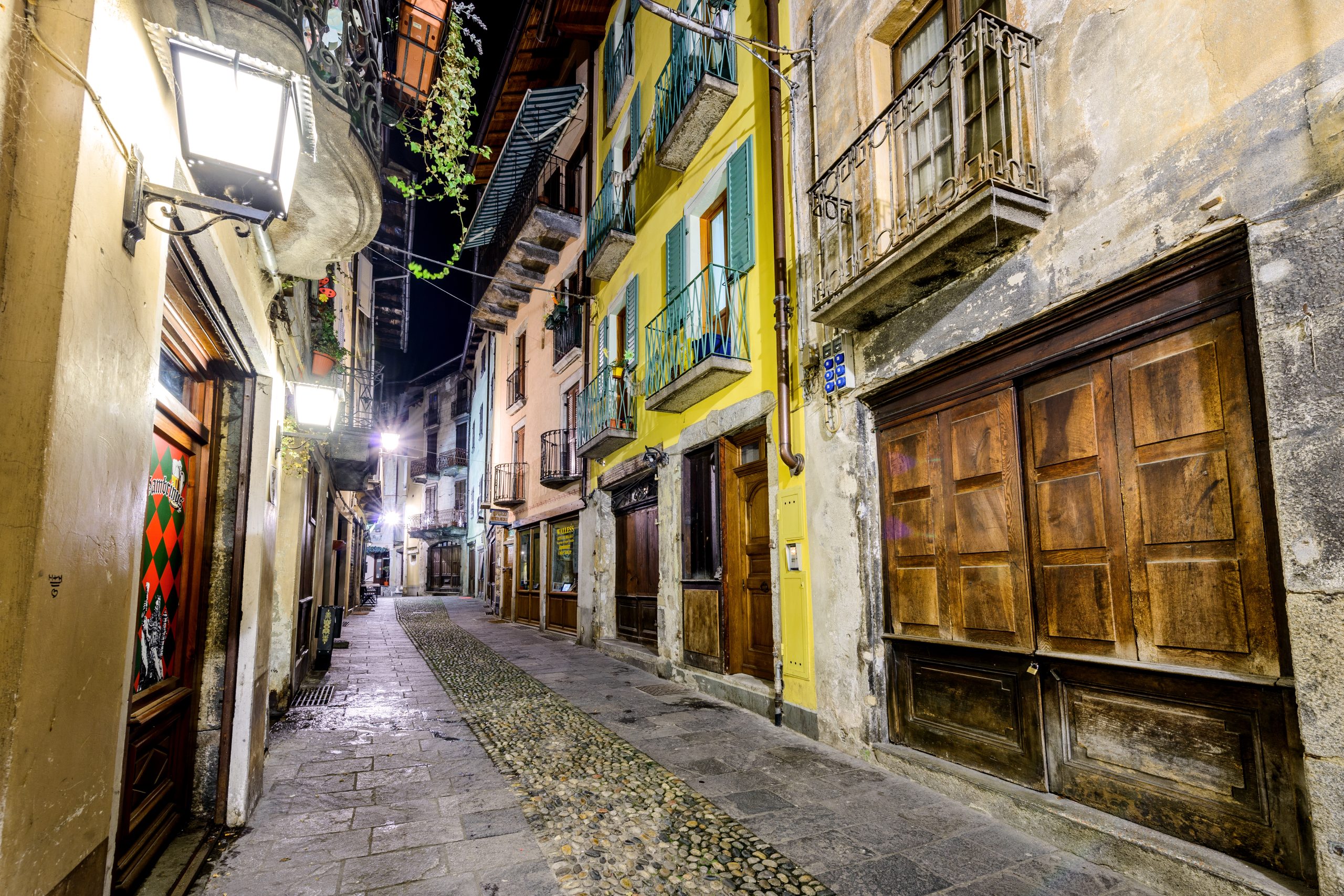
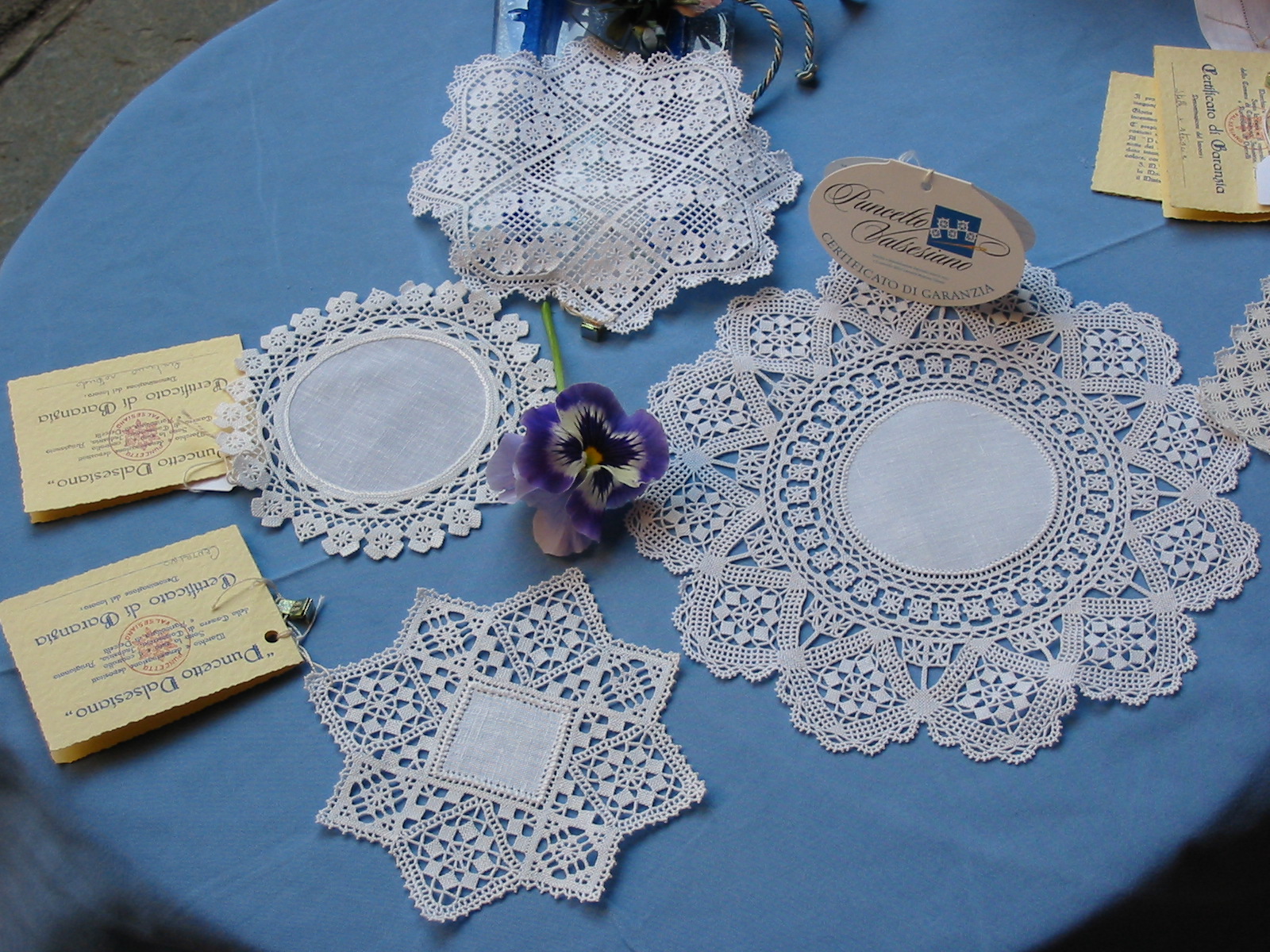
THE ANTONINI BRIDGE, THE MASTALLONE STREAM AND SOTTORIVA
A little further on, you will see the Antonini Bridge overlooking the green waters of the Mastallone stream. Cross it to enter Old Varallo, the original heart of the town. Crossing the bridge, on the right you will immediately notice Palazzo Scarognini d’Adda, decorated with noble coats of arms and now home to the Fishing Museum and cultural events; on the left stands the Church of St. James. Keeping the church to the right, one begins to descend along the “El Raffa” promenade, which for a few hundred metres skirts the Mastallone stream. In fine weather, you can sit down and enjoy a moment of peace on the renowned Varallo beach.
Crossing the bridge once again, you come to Via Osella, built in 1838 to facilitate the arrival of carts in the centre without having to cross the narrow, historic streets. Moving on you find Calderini Square and, on Via Draghetti you will walk along the former Monumental Prisons to enter the Sottoriva district, which preserves its medieval origins intact. Then taking any small road uphill, a few steps will lead you to the climb back to Vittorio Emanuele II Square.
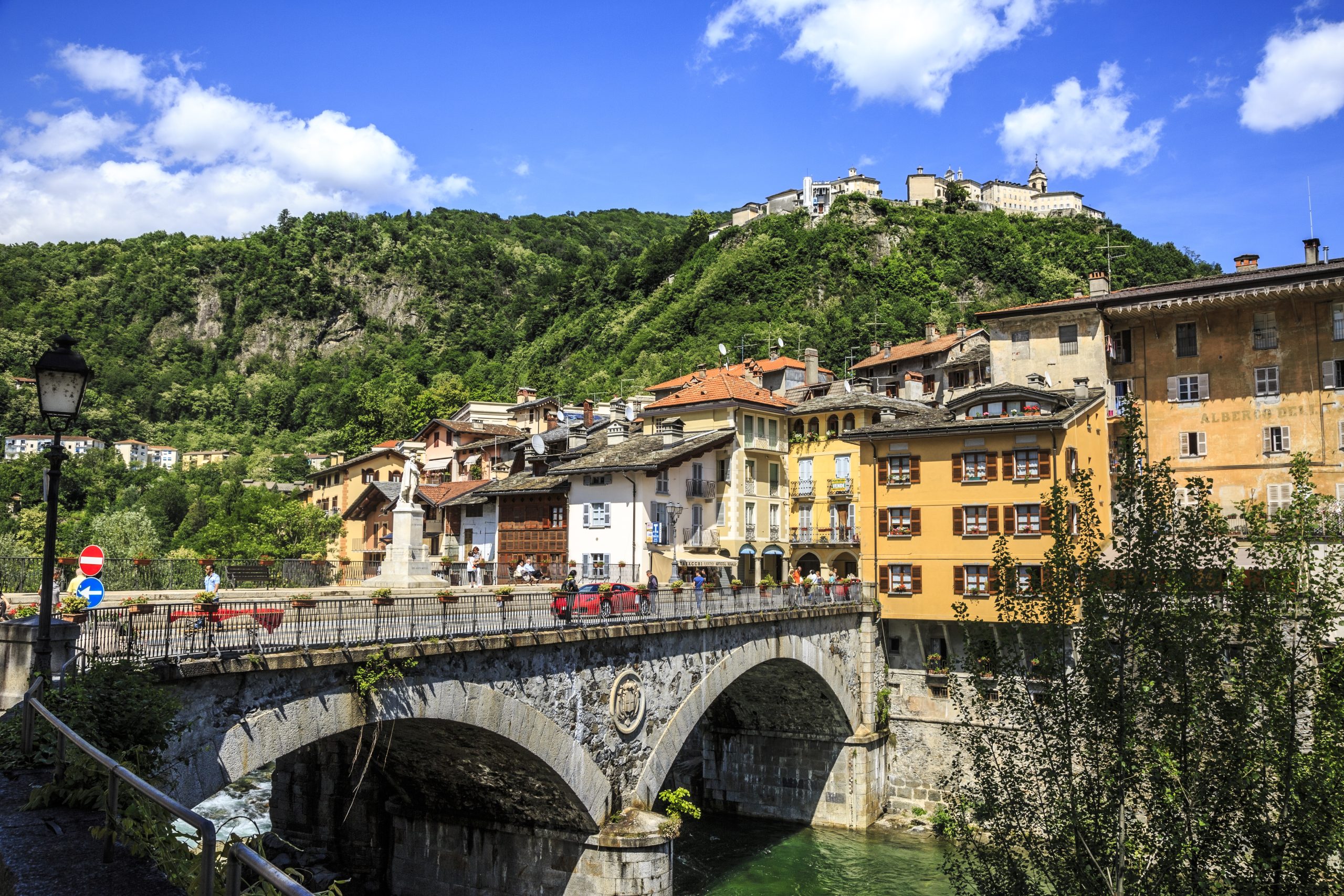
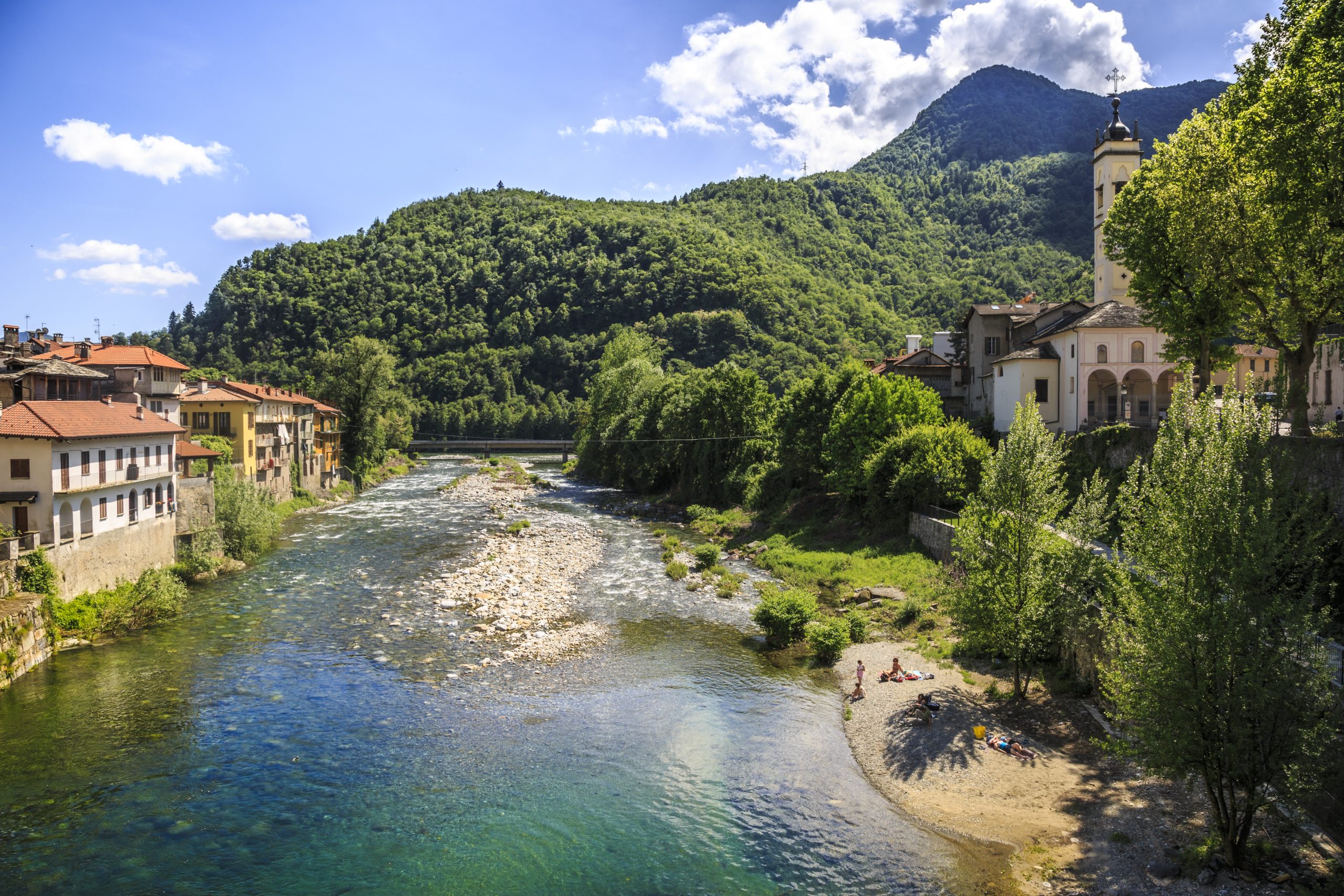
OUTSIDE THE CITY CENTRE
Outside the historical centre, Varallo is home to other treasures, such as the Chapel of the Madonna of Loreto, at the junction with the road to Civiasco, with magnificent frescoes by Ferrari; the Church of St. Mark, one of the oldest in the valley with valuable frescoes by Giulio Cesare Luini; the Energy Museum and the former Hydrotherapy Establishment, the centre of elite tourism in the Belle Époque and today home to the public vocational institute IPPSAR.
This itinerary to discover Varallo provides countless glimpses of the Sacro Monte and period architecture, a view enriched by the marvellous murals of the WARAL Art Urban Project.
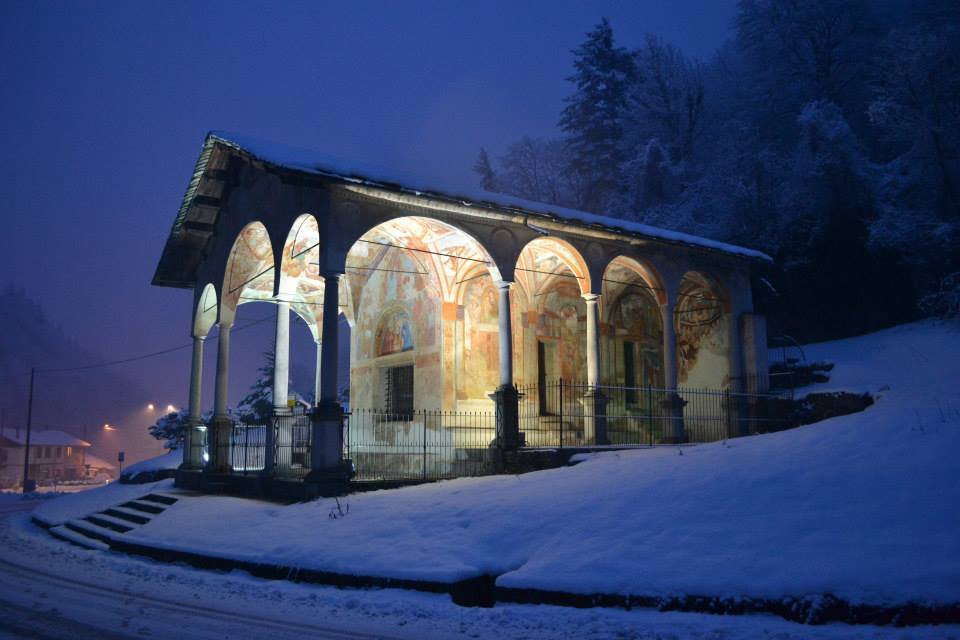
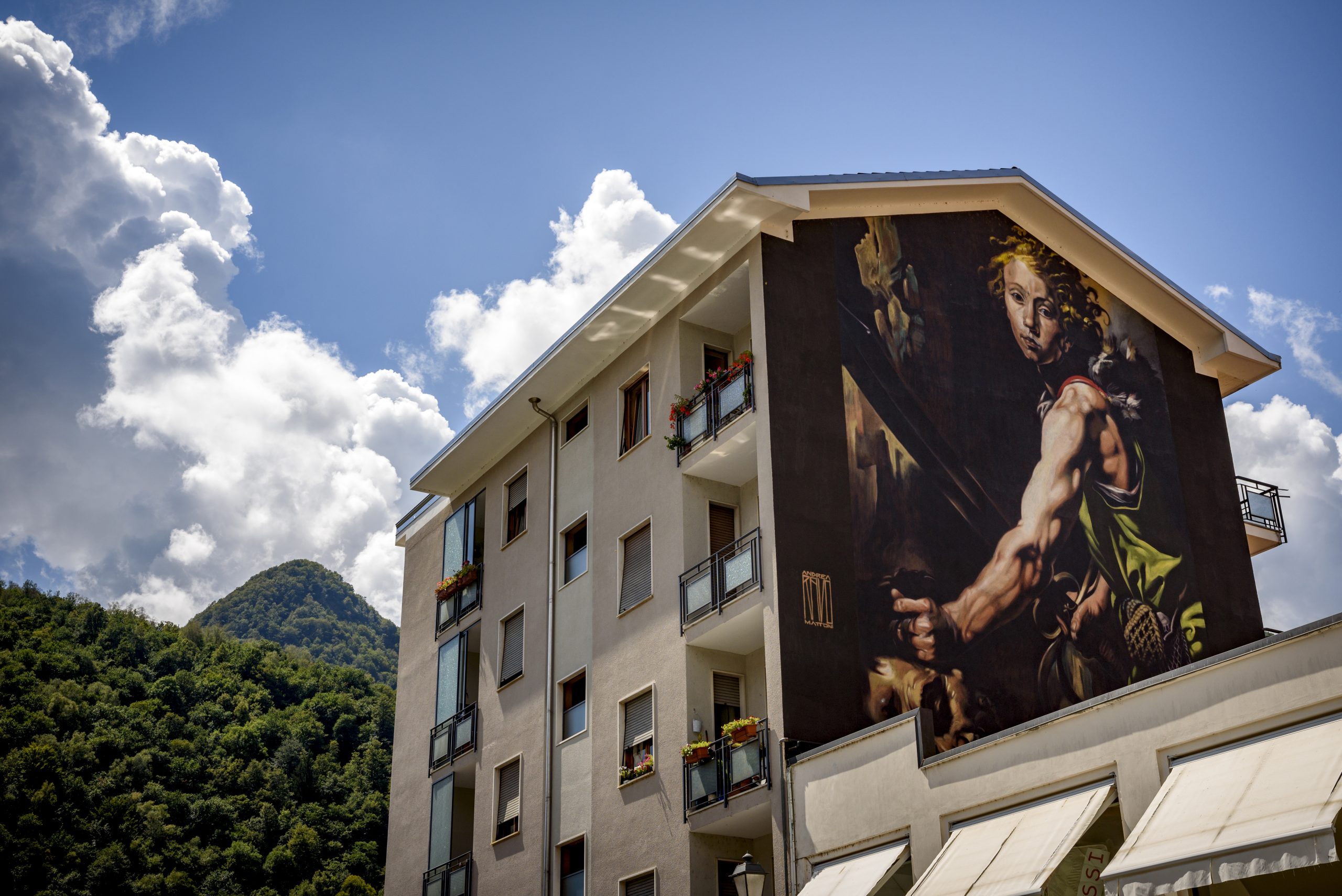
Ville storiche
Collegiata di San Gaudenzio
Palazzo dei Musei
Contrade storiche
Casa – Museo Cesare Scaglia
Bottega dell’artigianato
Contrada del Burro
Ponte Antonini
Museo della Pesca
Varallo Beach
Museo dell’Energia
Chiesa di San Marco
Cappella della Madonna di Loreto
how to get to Varallo
BY HIGHWAY
From Milan: A4 Milan-Turin exit Agognate or junction A26 at Biandrate, direction Gravellona Toce to Romagnano-Ghemme.
From Turin: exit Greggio or junction A26 at Biandrate, direction Gravellona Toce to Romagnano-Ghemme.
From Vercelli: A26 Genova-Gravellona Toce, exit Romagnano-Ghemme. From Romagnano Sesia follow SP 299 to Varallo-Alagna Valsesia.
BY BUS
A daily bus service connects Varallo to Milano, Torino, Vercelli, Novara. Discover how to get to Varallo.
Plan your holiday
Where to eat, where to sleep, how to get around: plan your trip to Valsesia and Vercelli!
